Похожие презентации:
Sociology is
1. Sociology is …
the systematic study of:• the social behavior of individuals;
• the workings of social groups, organizations, cultures, and societies;
• the influence of social groups, organizations, cultures, and societies on
individual and group behavior.
2. A simple definition of sociology is Sociology is the scientific study of society and human behavior.
A simple definition of sociology isSociology is the scientific study of society and human
behavior.
The term “sociology” was first used by the French
social philosopher August Comte (1798-1857)
As coined by Comte, the term sociology is a
combination of two words. The first part of the term is
a Latin, socius- that may variously mean
society, association, togetherness or companionship.
The other word, logos, is of Greek origin. It is
generally understood as study or science.
3. Sociology is the scientific study of society,
• which is interested in the study of social relationship between people in groupcontext.
• the concepts “society and “culture” are central in sociology.
Distinguishing between society and culture
Society: a group of people who live within some type of bounded
territory and who share a common way of life
Culture: is common way of life shared by a society or a group.
4. Topics of Study Subject areas in Sociology are as varied as society itself.
Topics of StudySubject areas in Sociology are as varied as society itself.
• Sociologists study:
• very small social relationships (involving only a few people such as
the family);
• larger social collectivities (organizations and institutions).
Concerned with:
Social class, poverty, gender, race and ethnicity, religion, social
mobility, education, culture, socialization, conflict, power,
deviance.
• Very large social relationships (between nations) are also
the domain of sociology (as of economics and political
science);
• The whole topic of globalization also is relevant to
sociologists.
5. The terms microscopic and macroscopic
• Microscopic s-y refers to the study of the smallest social units,namely, individuals and their thoughts and actions.
• Macroscopic s-y focuses on larger social units such as groups,
organizations, cultures, and societies.
6. Some Fundamental Ideas of Sociology
The actions and behaviors of humans create socialsettings and social rules, but that these same
settings and rules, in turn, influence the way
humans act:
• Societies and other social Settings are humanly
created
• social settings influence and constrain human
behavior
7. Societies and Other Social Settings Are Humanly Created
• The general sociological point is that every day people affirmor modify their social settings, and by doing so they maintain
or change them. Whenever modifications and changes are
made, resistance usually arises from those who prefer the
existing social arrangements.
• Sociology is concerned with the way individuals—in the past
and in the present— support or change their social settings.
8. Social Influences on Human Behavior
• Our attitudes, beliefs, and behaviors about the most fundamental things of life—morality, politics, religion, work, entertainment—are also changed.
• Throughout our lives we are changed and modified as we enter different stages
of life, different levels of education, new occupations, new communities, and
new times.
9. Social physics sociology
• The appeal that the physical sciences had for Comte is revealed in the fact thathe first called this new science of society social physics.
Later, because that label had already been used by a Belgian scholar named Quetelet,
Comte changed the name to sociology.
10. The beginning of Sociology
• Although the term “sociology” was first used by the French socialphilosopher august Comte, the discipline was more firmly established
by such theorists as Emile Durkheim,
• Karl Marx and
• Max Weber (Nobbs, Hine and Flemming, 1978).
11. The beginning of Sociology
The beginnings ofsociology can be dated
back to the early 1800s.
Auguste Comte
(1798 –1857)
was a French philosopher,
a founder of the discipline
of sociology and of the
doctrine of positivism.
12. Social physics sociology
• The appeal that the physical sciences had for Comte is revealed in the fact thathe first called this new science of society social physics.
Later, because that label had already been used by a Belgian scholar named Quetelet,
Comte changed the name to sociology.
13. Two important ideas in Comte's work
1. He gave sociology a position among the othersciences of his time, and although it required the
work of later scholars to solidify that position,
Comte's pioneering effort deserves recognition.
2. as a science, sociology could solve social problems
such as war, revolution, crime, and poverty.
This idea continues to be a significant feature of
sociology today.
14. Emile Durkheim
•After Comte, no sociologistworked more diligently to give
sociology a place among the
established scholarly disciplines
than the French scholar Emile
Durkheim (1858-1917).
15. David Émile Durkheim
• Set up the first European department ofsociology at the University of Bordeaux
in 1895, publishing his Rules of the
Sociological Method.
• Durkheim's seminal monograph, Suicide
(1897), pioneered modern social
research and served to distinguish social
science from psychology or political
philosophy.
• For him, sociology was the science of
institutions, its aim being to discover
structural "social facts“.
16.
• Anomie literally means normlessness; it refers to situations in which individualsare uncertain about the norms of society.
17.
•Durkheim's analysis of suicide isconsidered by many sociologists an
excellent demonstration of the science of
sociology (1st- his use of suicide statistics that allowed him to do his
analyses and report his findings in a quantitative form; 2nd - he used social
factors (in this case, societal conditions) to explain individual behavior)
.
•Durkheim demonstrated a basic
sociological premise, which is that human
behavior can be explained in social terms.
18. Max Weber
• The German sociologist Max Weber (18641920), like Durkheim, saw problems in theway European societies were changing.
• The key change, according to Weber, was
the increase of rationality as the basis of
human behavior.
19.
• Rationality is a form of human action in which goals and objectives are set, andthen achieved in the most efficient way possible. The choice of a behavior is
based on how quickly and easily it will allow a person to reach a chosen goal or
objective.
20.
•The most visible symbol of rationality andefficiency to Weber was the bureaucracy.
A large university, organizations are equally familiar examples.
•In a bureaucracy, the standards of rationality
and efficiency reign supreme; work is
carefully divided into simple precise steps and
made routine. The emphasis is only on speed
and efficiency, with little regard for whether
the work is meaningful for individual workers.
21. Karl Heinrich Marx (1818 –1883)
German philosopher, politicaleconomist, historian, political theorist,
sociologist, communist, and
revolutionary
Marx saw the relationship
between the capitalists and the
proletariat as one of struggle and
conflict. The capitalists had the
advantage in this struggle because
they controlled not only the means of
production but also the ideas, the
values, and information that prevailed
in society.
22. Summary
• Sociology is the study of human behavior, in all its many forms.• Sociological specialties or subfields focus on some part of human behavior
and/or some aspect of social life.
• Sociologists have different theoretical preferences, research preferences, and
levels of analysis (microscopic or macroscopic).
23. Summary
•Although sociologists differ on a numberof issues, they generally share some
fundamental ideas and views. One is that
societies and other social settings are
humanly created. Every day, people
affirm and modify their social settings,
but these same social settings, in turn,
influence and constrain human behavior.
24. Summary
• The beginnings of sociology can be dated to the early 1800s, when the work ofAuguste Comte gave sociology its name and its place among other scholarly
disciplines.
• Among the other pioneers of sociology, the most famous are Emile Durkheim
and Max Weber.
25.
26. Lecture #1 Sociological theories
by Mira Maulsharif, Ph.D. in sociology(candidate of sociological science),
associate professor (docent)
27. The beginning of Sociology
The beginnings ofsociology can be dated
back to the early 1800s.
Auguste Comte
(1798 –1857)
was a French philosopher,
a founder of the discipline
of sociology and of the
doctrine of positivism.
28. Social physics sociology
• The appeal that the physical sciences had for Comte is revealed in the fact thathe first called this new science of society social physics.
Later, because that label had already been used by a Belgian scholar named Quetelet,
Comte changed the name to sociology.
29.
• Although the term “sociology” was first used by the French social philosopherAugust Comte, the discipline was more firmly established by such theorists as
Emile Durkheim, Karl Marx and Max Weber (Nobbs, Hine and Flemming, 1978).
30. David Émile Durkheim
• Set up the first European department ofsociology at the University of Bordeaux
in 1895, publishing his Rules of the
Sociological Method.
• Durkheim's seminal monograph, Suicide
(1897), pioneered modern social
research and served to distinguish social
science from psychology or political
philosophy.
• For him, sociology was the science of
institutions, its aim being to discover
structural "social facts“.
31.
•Durkheim's analysis of suicide isconsidered by many sociologists an
excellent demonstration of the science of
sociology (1st- his use of suicide statistics that allowed him to do his
analyses and report his findings in a quantitative form; 2nd - he used social
factors (in this case, societal conditions) to explain individual behavior)
.
•Durkheim demonstrated a basic
sociological premise, which is that human
behavior can be explained in social terms.
32. Max Weber
• The German sociologist Max Weber (18641920), like Durkheim, saw problems in theway European societies were changing.
• The key change, according to Weber, was
the increase of rationality as the basis of
human behavior.
33.
• Rationality is a form of human action in which goals and objectives are set, andthen achieved in the most efficient way possible. The choice of a behavior is
based on how quickly and easily it will allow a person to reach a chosen goal or
objective.
34. Karl Heinrich Marx (1818 –1883)
German philosopher, politicaleconomist, historian, political
theorist, sociologist, communist, and
revolutionary
Marx saw the relationship
between the capitalists and the
proletariat as one of struggle and
conflict. The capitalists had the
advantage in this struggle because
they controlled not only the means of
production but also the ideas, the
values, and information that prevailed
in society.
35. Sociological theories
• Structural-functional theory• Conflict theory
• Symbolic Interactionism
• Social exchange theory
36. Structural-functional theory
• emphasizes that every pattern of activity (that is, every structure) in a societymakes some positive or negative contribution to that society;
• The two key words are structure and function.
• A social structure is a regular pattern of social interaction or persistent social
relationships (the patterned social relationships between races and ethnic
groups, or the patterns of family organization).
• These and other patterned social relationships are the structural features of a
society.
37.
•The manifest function is theintended and well-recognized
purpose of some social structure.
• The less obvious, unanticipated, or
unexpected purpose of a social
structure is called a latent function.
38. Conflict theory
• Conflict between• who have greater power and resources and who with less power
and fewer resources.
• emphasizes that, in any social group, social organization, or society,
positions of unequal power probably exist.
39. Symbolic Interactionism
• deals primarily with the interaction between individuals at the symbolic level.• Symbols are the words, gestures, and objects that communicate meaning
between people.
• Words are the most important symbols from a symbolic interactionist
viewpoint.
40.
•Parents and other family members arereferred to as significant others because
their views have such a great influence on
young children. Later in life, friends,
schoolmates, marriage partners, fellow
workers, religious and political leaders, and
others will also be significant others.
41.
A function is a positive purpose or consequence-one necessary for the continuedexistence of a society. With regard to the family system in a society, the functions
might include producing children, caring for them when they are young, and
training them in the ways of the society.
If a society does not have a fairly persistent structure for producing new
members, caring for them, and socializing them, the society is not likely to
survive. When a social structure has a detrimental effect or consequence for the
existence or well being of a society it is said to be dysfunctional.
42. Symbolic interactionism
•is, therefore, a theory that hassomething to say about how
individuals think about themselves
and, thus, how they act as individual
human beings.
43. Social exchange theory
•A key concept of s.e.t. is reciprocity.Reciprocity is the socially accepted idea that if
you give something to someone, that person
must give something of equal or near equal
value in return.
•Although s.e.t. might have some applicability
to the level of groups and societies, it is most
often applied at the micro level of individuals.
44.
SUMMARY•There are four contemporary theories that
dominate sociology. Symbolic interaction
theory is oriented toward the interaction
between individuals, especially at the
symbolic level.
•Social exchange theory emphasizes the fact
that the motivations for human behavior are
found in the costs and rewards of human
actions.
45. SUMMARY
•Structural-functional theory focuses onmacroscopic levels of analysis and emphasizes
that every pattern of activity (structure) in a
society makes some kind of positive or
negative contribution to that society.
• Conflict theory, emphasizes that, in any social
group, social organization, or society,
positions of unequal power probably exist.
46. References
• Kenneth C.W. Kammeyer, George Ritzer, Norman R. Yetman.«Sociology» Experiencing Changing Socities. -4th ed. Printed in the
USA
47. The End
48. Lecture #4 Social stratification
49. Social stratification
refers to the structure of social inequalityin a society – the manner in which scarce
resources and social rewards are
distributed among different social
categories.
50. Life chances
•An individual's position in a system ofstratification affects life chances - the
likelihood of realizing a certain standard
of living or quality of life.
51. 4 basic dimensions of social stratification : class, status, power (according to M. Weber) and education
•Class is a social ranking made on the basis of economic factors.•Status refers to a social ranking on the basis of prestige, that is, the esteem,
honor, and social approval accorded an individual or group.
•Power is a social ranking based on the ability to make others do what you want
them to do.
52.
•New class - intellectuals,bureaucrats, managers, executives,
scientists, and other professionals
who wield power.
53. How Are Stratification Systems Justified?
1.An ideology
a set of ideas that explains reality, provides directives for behavior,
and expresses the interests of particular groups;
is used to legitimize and justify the existing social order and to
maintain the inequalities in wealth, power, and prestige.
54. How Are Stratification Systems Justified?
2. Meritocracy,social stratification based on personal merit.
•M. – 1. an elite group of people whose progress is based on ability and talent
rather than on class privilege or wealth.
•2. a system in which such persons are rewarded and advanced
(http://dictionary.reference.com).
55.
The basic belief in this ideology is equality of opportunity - all peoplehave equal chances to achieve success, and inequalities in the
distribution of wealth, power, and influence reflect the qualifications
or merit of individuals in each stratum.
56. Social inequalities in modern society 1. Wealth and income
•Wealth refers to the total economicresources that people have.
•Income refers to how much money people
obtain within a specified period of time,
usually a year. I. is specifically the wages,
salaries, dividends, interest, and rents received
each year by individuals or family units.
57.
58.
tenge5,200-<10,400
%
.7
10,400-<27,000
6.0
27,000-<75,000
24,7
75,000-<120,000
31,3
120,000-<155,000
16.0
155,000-<310,000
17,3
310,000-<465,000
4.0
Total
100.0
59. Social inequalities in modern society. 2. Poverty
income sufficiency – the amount of money needed to purchase the basicnecessities of life
Absolute poverty, where people lack the necessary food, clothing, or shelter to
survive.
Relative poverty defined as the inability of a citizen to participate fully in
economic terms in the society in which he or she lives.
60. Poverty in the US
•Approximately 14 percent of thepopulation of the US lives in poverty;
60 percent of those are from poor
working class.
61. POVERTY IN KAZAKHSTAN
•The estimations listed in the “Family Budgets Survey”(FBS) of 1989 show that about 15% of the population
had the income less than "socially acceptable
minimum”.
•In 1995 this figure was 54% and in 1996 – over 80 %.
•in 2002, 24% lived in absolute poverty with incomes
below the subsistence minimum of 4,761 tenge, or 31
US dollars per month.
62. POVERTY IN KAZAKHSTAN
In addition, more than half of the population was at poverty risk as they had lowincomes (higher than the survival level but lower than twice the subsistence
minimum), which were not sufficient for the decent standard of living.
The percentage of the population with incomes below the food basket level was
declining slowly, signaling the continuing threat of malnutrition.
63. The underclass
• This social category is at the very bottom of society.• It is characterized by high rates of unemployment, out-of-wedlock births,
female-headed families, welfare dependence, homelessness, and serious
crime.
64.
65.
66. Health
• Economic inequities are significantly related to physical and mental health.• People in the lower classes are more likely to suffer from poor physical and
mental health than those in the higher socio-economic groups.
67. Life expectancy
refers to the average number of years that people in a particular demographicor social category will live.
Socio-economic position has a significant effect upon life expectancy.
68.
Only four females out of 143 first-class female passengers died. Three ofthem had actually refused to escape from the boat.
Of the 93 second-class female passengers, 15 died.
However, 81 of the 179 third-class female passengers died as the ship
went down (Lord, 1955).
On the Titanic, as in society in general, life expectancy is related to one's
position in the social hierarchy.
69.
• Low death rates reflect great achievements in the battle againstdeath, while high death rates reflect people's helplessness because
relatively scarce resources (such as new drugs and new medical
techniques) are more available to members of the upper strata.
70. Education
•College, postgraduate, and professionaldegrees are essential to occupational and
economic success, and socio-economic factors
have strong influence on the level and quality
of education that an individual is able to
attain.
71. Types of Social Classes of People
•Social class refers to a group ofpeople with similar levels of
wealth, influence (power),
education, and status.
72. The middle class
•These white collar workers have moremoney than those below them on the
“social ladder,” but less than those above
them.
•They divide into two levels according to
wealth, education, and prestige.
73.
•The lower middle class is often made up ofless educated people with lower incomes,
such as managers, small business owners,
teachers, and secretaries.
•The upper middle class is often made up of
highly educated business and professional
people with high incomes, such as doctors,
lawyers, stockbrokers, and CEOs.
74. The upper class
• The lower-upper class - with “new money,” or money made from investments,business ventures, and so forth.
• The upper-upper class - aristocratic and “high-society” families with “old
money” who have been rich for generations.
• The upper-upper class is more prestigious than the lower-upper class.
75. Open and Closed Systems of Stratification
Social mobility – the movement ofpersons from one social class to
another.
76. An open class system
of s. is one in which few obstacles exist forpeople who are changing their social
positions; success is unaffected both by
the constraints of disadvantaged social
origins or by the privileges of advantaged
social class backgrounds.
In an o. c. s. emphasis is placed on
achievement.
77. A closed class system
children inherit their parents' social position;no social mobility - people are born into a position
and cannot, under normal circumstances, move out
of it;
people's places in a social hierarchy are fixed or
ascribed (race, ethnicity, social background, or sex);
the most rigid and closed of all s.s. is a caste system
(India).
78. Patterns of social mobility
1. Horizontal mobility refers to movementfrom one social position to another of
equal rank.
2. Vertical mobility refers to movement
upward or downward in the
stratification system.
79. Patterns of social mobility
3. Intragenerational or career mobility refersto the movement of individuals in the
stratification system during their lifetimes
4. Intergenerational mobility refers to
differences between the social-class position
of children and the social-class position of
their parents.
80. Structural mobility
is caused by large-scale structural changes inthe society as a whole. Among the structural
changes that have had a profound effect on
the class structure of many countries are
technological innovations, wars, economic
fluctuations (e.g., depressions or recessions),
and urbanization.
81.
• $$1 Individual's education level is an important parameter indetermining its place in the system of:
• $$2economic stratification;
• $$3 political stratification;
• $$4 professional stratification;
• $$5 social Stratification
• $$6 the cultural and regulatory stratification
82.
• $$2 Social mobility is a:• $$2 Public opinion
• $$3 Preservation of the prestige
• $$4 Habitation in one place
• $$5 Work in one post
• $$6 Change of place in the social structure of society
83.
• $$3 The middle class includes• $$2Workers
• $$3 Unemployed
• $$4 Lumpens
• $$5 Marginal people
• $$6 Employees, affluent professionals, managers
84.
• $$4 Blue-collar workers are• $$2 Pensioners
• $$3 Marginal people
• $$4 Working
• $$5 Technicians
• $$6 Managers
85.
• $$5 Historically, the first system of a social stratification is:• $$2 a tribe
• $$3 a caste
• $$4 a strata
• $$5 an estate
• $$6 a class
86.
• $$6 An example of upward social mobility is:• $$2 Promotion
• $$3 Change of nationality
• $$4 Enter into marriage
• $$5 Layoff on reduction of the staff
• $$6 Medal
87.
• $$7 The upper-upper class of modern industrial societies is composedprimarily of:
• $$2 Teachers
• $$3 Blue-collar workers
• $$4 The influential and wealthy dynasties, the aristocracy
• $$5 Marginal people
• $$6 Managers
88.
• $$8 Classical caste system existed in …$$2 Rome
$$3 Japan
$$4 Greece
$$5 India
$$6 China
89.
• $$9 __________ is the most open system of stratification• $$2 Estate
• $$3 Slavery
• $$4 Social class
• $$5 Caste
• $$6 Primitive
90.
• $$10 Example of horizontal social mobility can be consideredwhen:
• $$2 moving to another town;
• $$3 change the subject which taught by a teacher;
• $$4 receive a raise;
• $$5 layoff on reduction of the staff
• $$6 training
91. Lecture # 5
Socialization andIdentity
01/20/2021
92. Socialization
•Is the process by which a person learns andgenerally accepts the ways of a particular
social group or society.
•Every social system makes sure that new
members joining the system learn the
accepted ways of doing things.
•S. is also important in producing the
characteristics and personality of the
individual.
93. Socialization
•continues throughout the lifetime ofevery individual.
•As people move into new jobs,
organizations, communities, and even
new life stages they will learn the
values, norms, and behaviors expected
of them in these settings.
94. Socialization begins in the very early stages of life, and through this process human qualities are acquired:
1. Human infants develop reciprocal relationshipswith adults in which they learn to satisfy their
basic needs by behaving in the way adults want
them to.
2.Through socialization, a child develops a social self,
that is, the learned perception that a person has
about his or her qualities and attributes.
95.
3. People learn to evaluate themselvesthrough interaction with others, just as
they learn to evaluate all other social
objects.
Social objects include the
values, norms, and roles that prevail in
the society.
96. Primary socialization
•S. by parents (or caregivers) that lays thefoundation for personality development.
•Infants who are isolated from human contact
during the early years of life do not show the
characteristics we normally associate with
human nature. (Feral children - the children who
have allegedly been reared in wild by animals)
97.
•The norm of reciprocity calls for twointeracting people to give one another
things of equal or almost equal value.
•People want to continue to interact with
one another if they are receiving
something roughly equal in value to
what they are giving.
98. Significant others and generalized other
•Significant others are those people in anindividual's life who shape the individual's
self and provide definitions for other
social objects (Mead, 1934/1962).
•The generalized other is the
internalization of the norms of the larger
social group or the society.
99. Agents of Socialization
• Socialization is generally initiated by the people who are already members ofa social system; they are called the agents of
they have the task of socializing new members.
socialization, and
Agents of socialization:
•parents;
•peers (often including siblings);
•teachers;
•mass media.
100. Working-class families socialize their children differently from middle-class, white-collar families.
• Working-class families socialize their children to be obedient and to observesocial rules.
• Middle-class parents socialize their children
to take initiatives and to participate in decision making (autonomy).
•These two forms of behavior are related to the kinds of
roles that children from different social classes are likely
to play in the adult work world.
101. Reverse socialization
•occurs when children socialize theirparents.
• Empirical evidence shows that children do teach their
parents about some aspects of contemporary life.
102. Peers as Socializing Agents
•Through the reactions and words of their peerschildren learn how to control and channel their
behavior in ways that are consistent with the male
gender role.
•Through socialization by peers,
"Boys learn to act like men”.
•The socialization is effective and may, in some
cases, run counter to the child-rearing goals of the
boys' parents.
103. The Mass Media as Socializing agents
Violence.1. Observational Learning - children might see a "Kung
Fu" kick on television and copy this method when fighting.
2. Reduced Social Constraints - children who see violence
used in many different situations might feel fewer social
constraints against using violence.
3. Arousal of Aggressive Tendencies - some children may
have aggressive tendencies that may be aroused by seeing
violence (or other exciting events) on television.
104. Adolescent socialization
•A. receive anticipatory socialization for theadolescent stage of life.
•Young people do not have to marry and take
jobs as soon as they reach their teens.
•Many young people also need to go through
a formal educational system to acquire the
skills necessary in a highly technological and
bureaucratic economic system.
105. Adult socialization
•occurs when people enter newoccupations, professions, organizations,
work settings, institutions, or life stages.
106. Resocialization
•is the process of unlearning old norms, roles,and values, then learning new ones required by
the new social environment.
•In the most extreme cases of resocialization the
social self of the incoming person is stripped away or
destroyed, so that the individual becomes
dependent on the institution for a new self.
107. Socialization during Unexpected Life-stage Transitions
• Several life-stage transitions require learning new roles, but, for some of thesethere is little anticipatory socialization.
• Two examples are
loss of job and a spouse's death.
• In contrast, a substantial amount of anticipatory socialization occurs for
retirement and old age, and even death.
108. Identity
• Who I am?• Who are you?
• Depending on the context, the answer might be“ a Kazakh,”
“a student,” “beloved grandson/granddaughter” “a
taxpayer,” “a volunteer” etc.
• In some situations you might even give ID cart number. By
this simple definition, then, it is trivial that one might have
multiple identities, understood simply as answers to the
question “who are you?”, since how you answer the
question will depend on the specific context.
• So here is a first cut at a definition.
109.
• But Identity is social category that means socially constructeddepending on socialization.
• For example, boys and girls are socialized differently in their culture,
if at all. In early childhood, parents and caregivers may dress male
and female children in different colours or give them different toys to
play with.
• People often comment on the appearance of little girls “You are so
pretty; “What a nice dress you have”, while they are more likely to
point out the activities and abilities of boys “You run so fast”; “You
are so strong”.
110. 1. The process of assimilation of new social norms is called:
1. Desocialization2. Mobility
3. Education
4. Resocialization
5. Upbringing
111. 2. Agents of primary socialization:
1. School2. Media
3. Parents
4. Peers
5. Siblings
112. 3. The process of socialization excludes
1.2.
3.
4.
5.
Isolation of the individual
Education of the individual
Training personality
Cultural development of human
Formation of personality
113. 4. The process of learning what will be expected of one in a status before entering that status is:
1.2.
3.
4.
Primary socialization
Anticipatory socialization
Resocialization
Adult socialization
5. Reverse socialization
114. 5. The term «person» means:
1.2.
3.
4.
5.
Every man from birth
Biological individuality
Individualism
Every person living in the community and abide by its norms, rules
Person’s status
115. Lecture # 7
The Family03/02/2020
116.
• The Functions of the Family• The Family and Social changes
• Conflict and Violence in the Family
• Separation and Divorce
117. The Functions of the Family
1. Reproduction (replacement) - continuation of thesociety through child-bearing.
2. Care and Nurturance of Children physical care and emotional support.
118. The Functions of the Family
3. Socialization. Infants must be taught the society'scultural and social ways.
4. Meeting Economic Needs. The family continues
to provide for the economic needs of its members,
especially those who are dependent, such as
children.
119. The Functions of the Family
4. Intergenerational and Kin Support. Parentscontinue to help and support their adult children in
a variety of ways, and adult children reciprocate
by giving help, respect, and attention to their
parents.
5. Regulation of Sexual Behavior. Marriage systems
can be and often are strong regulators of sexual
behavior.
120. The Functions of the Family
6. Social Placement. The family is a mechanism forplacing new members into the existing structure of
the society.
121. Two Basic Family Types
1. Nuclear Family - when a family unit is made upof a husband, wife, and children living in the
same house:
a) family of orientation
b) family of procreation
122. Two Basic Family Types
2. Extended Family includes first generation parents, theirmarried sons or daughters, their spouses, and their
children.
a) high degree of economic cooperation across all generations,
b) primary loyalty is usually given to the oldest generation.
123. The Family and Social Change
• The family as an institution is often shaped andchanged by the rest of the institutions of the
society.
• The family typically adapts, or makes adaptive
changes, when some other part of the society
changes.
124.
125.
126.
127.
128.
129.
130.
131.
132.
133. Social Influences on the Selection of Marriage Mates
Homogamy – marriage between people with similarcharacteristics—such as religion, race, ethnicity,
nationality, and social class.
134. Cohabitation as a Premarital Stage
• In the USA, one-third of the women and men aged 23-24, had experiencedcohabitation by that age. Among those who were married by age 23 1/2 ,
one-third of the women and two-fifths of the men had cohabited first
(1988) .
• In Australia in 1982 about 17 % of all single persons aged 25-44 were in
cohabiting relationships.
• almost all Swedes who do marry, cohabit first – estimates are variously
placed at 98 or 99 percent.
135.
•One of recent survey found that39% of Americans agree that
marriage is becoming obsolete
(2011, Paul Taylor, Director, Pew
Research Center Social & Demographic
Trends project).
136. In Kazakhstan, the number of marriages is decreasing and the percentage of divorces is growing.
• Kazakhstan is the leader in the number of divorces among the CIS countries(2018)
• According to the statistics of the UN Demographic Report 2017, Kazakhstan
entered the top 10 countries in the world in terms of the number of divorces,
according to the report for 2018 - the ratio of the number of marriages to the
number of divorces has not changed and is - 3.
• From 2013 to 2018, the number of marriages decreased in the country as a
whole by 18 percent, most of all in the East Kazakhstan region - by 28
percent.
• Most often, residents of the northern and eastern regions, as well as NurSultan and Almaty, are divorced.
137. Six married couples divorce every hour in Kazakhstan
• The number of divorces decreased in Kazakhstan in the first quarter of2019. However, in a pandemic, there was a tendency to increase this
indicator. https://strategy2050.kz/ru/news/razvody-v-kazakhstaneprichiny-tendentsii-i-vyplata-alimentov-/
138. The Early Years of Marriage
1. Marital Scripts. Anyone who enters marriage is going to have someexpectations about what is proper and appropriate behavior for husbands and
wives. These expectations, which are likely to be unconscious and unspoken,
are called marital scripts.
During the early stages of marriage, husbands and wives may have arguments
and hurt feelings because they have different (or conflicting) marital scripts.
139. The Early Years of Marriage
2. Marital quality is a general term referring tomarital satisfaction or marital happiness, and is an
indication of how positive and satisfying a
marriage relationship is.
140. Power as a Dimension of Husband and Wife Relations
• Resource theory.• Resources include income-earning ability, education, and
occupational prestige, which are all closely tied to the economic
world outside the home, where men have a distinct advantage over
women.
• Noneconomic resources include such as companionship, emotional
support, and social skills
141. Conflict and Violence in the Family
•In 1975 severe violence (kicking,biting, hitting with fist, and more
extreme) by husbands against
wives was found in 38 cases per
1,000
•In 1985 - 30 cases per 1,000 (USA,
1985).
142. Child Abuse and Maltreatment
•physical abuse, sexual abuse,and physical neglect;
•emotional abuse is also
recognized for the harm it can
do to children but it is much
more difficult to define and
detect.
143. Survey of adult Americans in the 1985
• the rate of slapping or spanking children between 3and 17 was over 549 per 1,000 children;
• the rate of hitting or trying to hit a child with some
object was 97 per 1,000—one in ten;
• the rate for very severe violent acts against children,
including kicking, hitting with a fist, beating up, or
using a knife or gun in some way, was 19 per 1,000.
144. Separation and Divorce
Divorce rates in selected countries(number of divorces in one year for every
1,000 people in the population, 1984):
United states – 5.08
Soviet union – 3.34
England and Wales – 2.92
Australia – 2.77
Switzerland – 1.73
Syria – 0.60
Cyprus – 0.27
145. The Effects of Divorce on Children
1. Children who are between 3,5-6 ages, often respondegocentrically and may blame themselves for what
has happened.
2. Children of school age (6-12), have a wide range of
emotional responses, but they commonly cover up
their fears and negative feelings; anger, fear, loss of
identity, and loneliness are likely to emerge.
3. Teenagers or older also have feelings of anger,
sadness, and a sense of loss or betrayal. However,
they can also be more detached and analytical about
their parents and their relationships with them.
146. Family Relations after Divorce
• Binuclear family is a family system made up of the twohouseholds of divorced parents, in which minor
children move from one parent's home to the other.
• This family system requires a considerable amount of
coordination and cooperation between divorced
spouses.
147.
148.
149.
Вице-канцлер ФРГ Гидо Вестервелле и МихаэльМронц сыграли свадьбу 17 сентября 2010 года
Премьер Исландии Йоханна
Сигурдардоттир вступила
однополый брак 27 июня 2010
года.
150.
151. Legal recognition of same-sex relationships
• ArgentinaBelgium
Canada
Iceland
Netherlands
• Norway
Portugal
South Africa
Spain
Sweden
152. Performed in some jurisdictions
Brazil: ALMexico: Mexico City
United States: CT, DC, IA, MA, NH, NY, VT, Coquille, Suquamish
153.
• $$1 Reproductive function in a society is carried out of:• $$2 legal institutions;
• $$3 economic institutions;
• $$4 marriage and family
• $$5 political institutions;
• $$6 cultural institutions
154.
• $$2 A typical representative of the small group is:• $$2 a generation
• $$3 participant of a sprint
• $$4 the nuclear family
• $$5 someone in the store line
• $$6 a student
155.
• $$ 3 This is the social institution that gives a person his or herorientation, or socialization:
• $$2 De facto union
• $$3 Extended family
• $$4 Nuclear family
• $$5 Cohabitation
• $$6 Parenthood
156.
• $$4 The main agent of primary socialization is:• $$2 a society;
• $$3 a kindergarten;
• $$4 a school;
• $$5 a company of friends;
• $$6 a family;
157.
$$5 A model of family made up of a community of parents, siblings,grandparents and other relatives which should be recognized as a
primary family, even if the blood-ties are not strong:
$$2 a traditional nuclear family
$$3 an extended family
$$4 a social unit
$$5 a household
$$6 a common-law couples
158.
Lecture #8Religion, Culture and Society
159.
• Why do sociologists study religion?• For centuries, humankind has sought to understand and explain the “meaning of
life.”
• What is religion? it consists of “things that surpass the limits of our knowledge” .
Religion is “a unified system of beliefs and practices relative to sacred things, that
is to say set apart and forbidden, beliefs and practices which unite into one single
moral community, called a church, all those who adhere to them”(Émile Durkheim,
1915)
160.
• Some people associate religion with places of worship (a synagogueor church), others with a practice (confession or meditation), and still
others with a concept that guides their daily lives (like dharma or sin).
All these people can agree that religion is a system of beliefs, values,
and practices concerning what a person holds sacred or considers to
be spiritually significant.
161.
• From the Latin religio (respect for what is sacred) and religare (to bind, in thesense of an obligation), the term religion describes various systems of belief
and practice that define what people consider to be sacred or spiritual
(Fasching and deChant 2001; Durkheim 1915).
• The practice of religion can include feasts and festivals, intercession with God
or gods, marriage and funeral services, music and art, meditation or initiation,
sacrifice or service, and other aspects of culture.
162.
• Social scientists recognize that religion exists as an organized and integrated setof beliefs, behaviors, and norms centered on basic social needs and values.
Moreover, religion is a cultural universal found in all social groups. For instance,
in every culture, funeral rites are practiced in some way, although these
customs vary between cultures and within religious affiliations.
163.
• Religions organize themselves—their institutions, practitioners, andstructures—in a variety of fashions.
• Cults, like sects, are new religious groups. The term cult is sometimes used
interchangeably with the term new religious movement (NRM). In its
pejorative use, these groups are often disparaged as being secretive, highly
controlling of members’ lives, and dominated by a single, charismatic leader.
164.
• A sect is a small and relatively new group. Most of the well-knownChristian denominations in the United States today began as sects.
For example, the Methodists and Baptists protested against their
parent Anglican Church in England, just as Henry VIII protested
against the Catholic Church by forming the Anglican Church. From
“protest” comes the term Protestant.
165.
• Some sects dissolve without growing into denominations. Sociologists callthese established sects. Established sects, such as the Amish or Jehovah’s
Witnesses fall halfway between sect and denomination on the ecclesia–cult
continuum because they have a mixture of sect-like and denomination-like
characteristics.
• A denomination is a large, mainstream religious organization, but it does not
claim to be official or state sponsored. It is one religion among many. For
example, Baptist, African Methodist Episcopal, Catholic, and Seventh-day
Adventist are all Christian denominations.
166.
• The term ecclesia, originally referring to a political assembly of citizens inancient Athens, Greece, now refers to a congregation. In sociology, the term is
used to refer to a religious group that most all members of a society belong to.
It is considered a nationally recognized, or official, religion that holds a religious
monopoly and is closely allied with state and secular powers.
167.
• Hinduism• Buddhism
• Confucianism
• Taoism
• Judaism
• Islam
• Christianity
168.
standards of desirability, of rightness, and of importance in a society .For example,
for the Japanese, social responsibility and loyalty reflect an important cultural value.
For Americans, individualism is an important cultural value.
169.
Culture is the entire complex of ideas and material objects that the people of asociety (or group) have created and adopted for carrying out the necessary
tasks of collective life.
Cultures are human creations, but, of course, people inherit much of their
culture from those who created it.
Every culture has a history.
170.
•Norms are rules for what should andshould not be done in given situations.
•cultural norms help us not only to predict
what others will do but also help us to
know what we should do.
171.
•rests on the assumption that humans in anysociety will learn the basic cultural values and
social norms of that society.
•To a considerable degree, the general
behavior (and even individual behavior) of
people in a society can be explained by that
society's cultural values and norms.
172.
•Two other explanations are "humannature" and a scientific theory called
sociobiology.
173.
•The term human nature generally suggests thatspecific characteristics or traits that are found in all
humans supposedly explain some particular
behavior.
Many times one hears people say, "It is just
human nature to be selfish, ... or jealous, ... or
friendly, ... or aggressive."
•The speaker usually claims to explain some human
or social behavior by invoking a particular
characteristic.
174.
• human behavior reflects genetically inherited traits.• Sociobiologists argue that humans are very much like other species of animals,
that is, that human characteristics and behaviors are products of the Darwinian
notions of natural selection and evolution.
• Natural selection is the idea that the fittest of any species will survive and
spread its favored traits throughout the population.
175.
• People in all societies tend to think of themselves as the chosen people or, atthe very least, as those at the center of humanity. From this view it is
understandable that people of any society would think their ways of doing
things were the right ways, and the ways of other people were less right. This
attitude is labeled ethnocentrism.
• Ethnocentrism is a view held by the people of a society that says that they are
of central importance in the universe and therefore their way of doing things is
the "right" way.
176.
The study of diverse cultural traditions often helps us to see how differentcustoms can be equally acceptable. This view is the key to an important idea
called cultural relativism.
Cultural relativism is an approach that evaluates the behavior of the people of
another society, not on the basis of the evaluator's culture but on that culture's
own terms.
177.
•Every symbol has a social character because a groupof people agree on the symbol's meaning.
•Shared symbols are used by the people of any given
society to communicate with each other and to
create a certain order and predictability in daily life.
•Symbols can be divided into two types: nonverbal
and verbal.
178.
•include many other things besides thephysical acts performed by people.
•Many physical objects are also endowed with
symbolic meaning. Flags, emblems, insignias,
and coats-of-arms are some familiar examples
of objects that have special meaning for
people.
•logos and trademarks on the outside of
clothing.
179.
•The verbal symbols, or language system, of aculture tend to shape people's perceptions of
the real world.
180.
•K. and b. taken together, constitutes a body ofinformation created by the people of a society that
influences behavior.
•Knowledge is presumed to be verifiable
information, while beliefs are presumed to be
difficult to verify. In practice,
•however, these forms of information are frequently
interchangeable.
181.
•the standards of desirability within a culture,are centrally important for understanding
culture. In the
•US the most prominent value is individualism,
hard work, personal success, personal
achievement, materialism, and rationality.
182. Norms
•are the general guidelines for evaluating behavior insociety.
•Folkways are norms that govern everyday conduct,
while mores are norms that reflect the moral
standards of the society. Norms are not observed
uniformly by all people in a society.
•An ideal culture does exist, which contrasts with the
real culture-what people actually do in the conduct
of their everyday lives.
183.
•Material culture includes all the artifacts, objects,and tools that are used in some way by the
members of a particular society.
•Technology is the interplay of machines,
equipment, tools, skills, and procedures for carrying
out tasks.
•Cultural lag exists when social and cultural
practices are no longer appropriate for prevailing
technological conditions
184.
•When the material culture and technologychange, a cultural lag often results as other
parts of the culture become obsolete,
irrelevant, or, in some cases, dangerous.
185.
•For most societies we can identify a dominantculture. The values, norms, and beliefs are for the
majority of people in society the dominant culture.
•subcultures are groups with identifiable cultural
characteristics that set them apart from the
dominant culture.
•A subcultural group must often take extraordinary
measures to maintain its identity in the face of the
dominant culture.
186.
Groups with cultural characteristics that areconsciously in opposition to the dominant culture
are called countercultures.
are often highly critical of the established political
systems, accusing them of being repressive,
corrupt or evil. These Politically oriented groups
often engage in illegal acts and terrorism.
187. Lecture #6
Devianceand socialcontrol
Lecture #6
188.
189. Data from survey (252 different descriptions ): Deviance are
•Movie stars, junior executives, perverts, perpetualbridge-players, psychiatrists, drug addicts, political
extremists, conservatives, career women,
prostitutes, liars, prudes, girls who wear make-up,
priests, atheists, liberals, communists, alcoholics,
the retired, criminals, divorcees, reckless drivers,
and know-it-all professors (Simmons, 1965).
190.
Deviance is socially defined•Whenever most of the people of a
given society, or social group,
consider a behavior deviant, it will be
deviant.
•As a result, a vast array of behaviors
have been and are considered
deviant in different societies.
191. The Changing Nature of Deviance
•It can be shown that many behaviors thatwere at some time acceptable are now
deviant; similarly, many behaviors that
were deviant at an earlier time are now
acceptable.
•Deviant behavior can often serve to
define for the society what is and is not
acceptable behavior.
192. Strain theory
•a discrepancy, or a lack of congruence,exists between cultural values and the
means of achieving them.
•The strain can be thought of as a
pressure that occurs when the culture
values one thing, but the structure of the
society is such that not everyone can
realize the values in a socially accepted
way.
193. Merton's typology
•Strain theory does not excuse illegalbehavior among the poor or the wealthy.
•Rather, it emphasizes that there are different
ways of responding to cultural values (or
goals), and some of the responses are
deviant behaviors.
•Sociologist R.Merton, provides a typology of
the different ways in which people respond
to cultural values or goals.
194. Conformists
•Merton labeled as conformist people whoaccept the cultural goals (achieving economic
success) and who also accept the
conventional or institutionalized means of
achieving these goals (getting an education,
working hard, and so on).
•In Merton's typology, conformists clearly are
not deviants.
195. Innovators
•People who accept the cultural goals(economic success) but reject the
conventional or institutional means of
achieving them are called innovators.
When large-scale cocaine dealers make great sums of money, they are innovators
because they come up with new ways of achieving the cultural goal of economic success.
196. Ritualists
•Those resigned to being unable to achievecultural goals such as wealth and recognition,
but who nonetheless slavishly adhere to
conventional rules of conduct, are called
ritualists.
Ritualists continue to work at bureaucratic or dead-end jobs even though they
have given up on any significant advancement in life. Because they have
abandoned cultural goals, they, too, are in some degree deviant.
197. The retreatist
•rejects both the cultural goals and theconventional, institutionalized means.
• The retreatist response can be found among people who have given up on the
system completely. They have no interest in economic success and thus have no
reason to involve themselves in hard work or any other conventional,
institutionalized means. Such people are almost always seen as deviant.
198. The Rebels
•A fifth type of response to cultural goalsand institutional means is the rejection
of both and the substitution of new
cultural goals and means.
•These are the rebels, illustrated by revolutionaries
who want to create a new type of society. The new
society might have entirely new cultural goals
(harmony and cooperation rather than individual
economic success) and new institutional means
(meditation, communing with the spirit world, etc.).
199.
Strain theory shows how somestructural features of society (social
classes, the impoverished, racial
minorities) can be dysfunctional by
keeping many people from realizing
important cultural goals.
Deviant behavior is often the result.
200. Differential Association Theory
•Deviant behavior as the result of socialization;individuals may be socialized by a group of
people who engage in and accept deviant
behavior.
The idea that what people do is influenced by the differences in the people with whom they
associate. This argument is akin to a folk belief about the dangers of "keeping bad
company." People learn to be drug addicts, alcoholics, or car thieves by keeping company
with others who engage in or admire such behavior.
201. Subcultural Theory
•puts the emphasis on the carrier of deviantideas, and identifies subcultures that have
norms and values quite different from those
of the larger society.
Therefore, d. b. is really conformity to a set of norms and values accepted and taught by
a particular social group. But when these norms and values are not held by the majority
of people, the resulting behavior will be frowned on and labeled deviant by the
dominant groups in society.
202. Elite Deviance
•Conflict theorists have a special interestin elite deviance, or the deviant and
criminal acts committed by the wealthy
and powerful.
•Cases of elite deviance are often much
more costly in economic terms than
other types of crime, yet punishment is
more lenient.
203. Labeling theory
is concerned with which people will belabeled “criminals," "alcoholics," "drug
addicts," or "mentally ill.“
Labeling also occurs in very informal
contexts, such as when a family member
or friend labels someone a drunk, a
nymphomaniac, or a liar. Those who are
labeled in this process are the deviants.
204. Crime
is the most attention-getting aspect of deviant behavior:• crimes against people (violent crimes),
• property crime,
• white-collar crime,
• political crime,
• organized crime,
• victimless crime,
• and juvenile delinquency.
205. The tests
1. In sociology and psychology any behaviorthat most members of a society or social
group consider a violation of group norms is:
1.
2.
3.
4.
5.
Crime
Deviance
Murder
Corruption
Delinquent
206.
2. The type of deviant orcriminal acts committed by
the elite deviance:
1. Corruption
2. Lobbying
3. Political crime
4. Organized crime
5. Wealthy and powerful members of
society:
207. 3. Merton's term for a people who accept cultural goals but reject conventional means:
1.2.
3.
4.
5.
Ritualists
Retreatists
Innovators
Conformists
Rebels
208. 4. A sociological theory that sees deviant behavior as conformity to the norms and values of a subculture that are different
from those of the largersociety is called:
1.
2.
3.
4.
5.
Strain theory
Labeling theory
Subcultural theory
Conflict Theory of Deviance
Differential Association Theory
209. 5. Self-perpetuating, structured, and disciplined associations in which profits are obtained wholly or in part through illegal
means1.
2.
3.
4.
5.
Crimes against people
Property crime
White-collar crime
Political crime
Organized crime
210. Lecture # 10
Population and UrbanizationSocial Movements.
211. Population
• Demography is the study of populations. Three of the most importantcomponents are fertility, mortality, and migration.
• The fertility rate of a society is a measure noting the number of children born.
The fertility number is generally lower than the fecundity number, which
measures the potential number of children that could be born to women of
childbearing age.
• Fertility measure uses the crude birthrate (the number of live births per 1,000
people per year).
212. Mortality
• The mortality rate is a measure of the number of people who die.The crude death rate is a number derived from the number of deaths
per 1,000 people per year. When analyzed together, fertility and
mortality rates help researchers understand the overall growth
occurring in a population
213. Migration is the movement of people into and out of an area
Migration may take the form of• immigration, which describes movement into an area to
take up permanent residence, or
• emigration, which refers to movement out of an area to
another place of permanent residence.
Migration might be
voluntary (as when college students study abroad)
involuntary (as when Syrians evacuated war-torn areas), or
forced (as when many nations were removed from the lands
they’d lived in for generations).
214.
• Minority group A group that occupies an inferior or subordinate positionof prestige, power, and privilege; is excluded from full participation in
the life of the society; and is the object of discrimination by the majority
group.
• Majority group A group that occupies a position of superior power,
prestige, and
• privilege, and is able to realize its goals and interests even in the face of
• resistance.
215. Urbanization
• Urban A place in which population exceeds a specific number of residents.• Urbanism The ways of life characteristic of urban residents.
• Urbanization The process by which the population of a society becomes
concentrated in cities; also refers to the concentration of economic activity,
political-administrative organization, communication networks, and political
power in urban centers.
216.
217. Urbanization around the World
• As cities evolve from manufacturing-based industrial to service- and informationbased postindustrial societies, gentrification becomes more common.• Gentrification occurs when members of the middle and upper classes enter and
renovate city areas that have been historically less affluent while the poor urban
underclass are forced by resulting price pressures to leave those neighborhoods
for increasingly decaying portions of the city.
218. Globally, 54 percent of the world’s 7 billion people currently reside in urban areas, with the most urbanized region being
NorthAmerica (82 percent).
• In the next forty years, the biggest global challenge for urbanized populations,
particularly in less developed countries, will be to achieve development that
occurs without depleting or damaging the natural environment, also called
sustainable development (United Nations, Department of Economic and Social Affairs, Population Division
2014).
219. Social Movements
are collective efforts to promote or resist change.Types of Social Movements:
revolutionary,
regressive,
reform,
expressive.
220. A revolutionary movement
is an attempt to create a new social order.It aims at radical change, though
not always by radical methods.
221. A regressive movement
attempts to restore a past orpassing social order on the grounds
that the past order is preferable to
any other.
222. Reform movements
aim at alterations in the existing order to make it more acceptable.• Typically, reform movements seek to make the existing order more
effective or more equitable for more people. That may mean
extending certain rights to people for whom they have been denied.
• New legislation, rather than a radically altered power structure, may
suffice to bring about such changes.
223. Expressive movements
• seek to change individuals, who will then either change the socialorder or adapt better to the existing order. Religious movements
exemplify the expressive social movement.
224. Resource mobilization
refers to the idea that protest movements form not so much becauseof deprivation among people as in response to available resources
and the effective mobilization of those resources.
• The level of grievances and extent of deprivation in a society are
generally sufficient among some groups to justify protest.
225. Three resources are particularly worthy of note—members, a communication network, and leaders.
Three resources are particularly worthy of note—members, a communication network, and leaders.
• First, all social movements need members and usually recruit them
through established lines of interaction.
• Second, social movements need a communication network to
succeed.
• Third, the leaders are usually drawn from pre-existing groups.
226. Modernization
The degree to which less developed countries follow the modelof the developed countries of the West— the degree to which they
"Westernized."
This mainly translated into economic growth, primarily the
degree of industrialization, but it also meant adopting Western
social an cultural developments.
227. Development
• The general process of есоnоmic growth, not necessarilyemphasizing manufacturing industries.
• Economic development can be spearheaded by advances in mining,
fishing, or agriculture.
228. World-system theory (Wallerstein, 1974, 1979, 1980)
•A theory that stresses theeconomic and power inequalities
of the present international order.
229. Core nations
•The superior military power of thecore nations minimizes the
probability of a forceful alteration
of the system by the poorer
nations.
230. The Periphery
Countries of the Third World are refer to the periphery.The economies of the poorer nations dependent upon policies
and practices of the rich nations.
The development of the poorer nations is tied up with
processes in advanced capitalist societies.
231. The semi-periphery nations
a group of nations is midway in terms of affluence between thecore and the periphery.
The semi-periphery has a function similar to the middle class within
a nation – symbolizing to the poorer nations the possibility of
progress.
It appears to demonstrate that the world situation is not simply
one of an impervious core and a relatively powerless and exploited
periphery.
232. The Paths to Development
Developing nations tend to follow some similar and some divergentpaths as they develop.
Case of facilitating of development process are urbanization,
secularization and bureaucratization.
233.
Urbanization can provide a nation with centralized political control,opportunities for education, and coordination of activities, and can help
break down the local loyalties that may impede national development.
Secularization frequently involves not the demise of religion, but a change
of religion and a new emphasis on reason, a prime requisite of a modern
nation.
Bureaucratization can give a nation the organizational structure necessary
for efficient development.
234.
• Secularization - A decline in the authority of religious beliefs,values, and practicies.
235. Negative Consequences of Change (Development)
Rapid change is always a traumatic experience for humans:“Future shock“ (Toffler, 1970) - physical and psychological distress; various
physical and mental problems.
Break down traditional interpersonal ties.
Increase in mental illness, anxiety, alcohol consumption, crime and
violence.
Ravage and deplete the natural environment, which could lead to declines
in a country's economic development.
Involvement in the international market by less developed countries may
lead them to export workers to more developed countries, thereby
weakening their internal labor force.
236. The Domino Effect
•The tendency of any technologicaldevelopment to set off a chain of other
developments. As a result, the process of
change self-perpetuating.
237. The Domino Effect
1. Any particular innovation tends to have a variety of applications—a"technological convergence“.
2. Serendipity, the accidental discovery of something while looking for
something else.
Here "looking for something else" means looking for a different solution or
working on a different problem.
238.
239. Key Terms
• media: all print, digital, and electronic means of communication• media consolidation: a process by which fewer and fewer owners control the majority
of media outlets
• media globalization: the worldwide integration of media through the cross-cultural
exchange of ideas
• new media: all interactive forms of information exchange
• oligopoly: a situation in which a few firms dominate a marketplace
• planned obsolescence: the act of a technology company planning for a product to be
obsolete or unable from the time it’s created
• technological globalization: the cross-cultural development and exchange of
technology technology: the application of science to solve problems in daily life
240. T
Technology and the media are interwoven, and neither can beseparated from contemporary society in most core and semiperipheral nations.
Media is a term that refers to allT print, digital, and electronic
means of communication.
Technology creates media.
241. Types of Media and Technology
Media and technology have evolved hand in hand, from early print to modern publications,from radio to television to film. New media emerge constantly, such as we see in the online
world.
242. New media
New mediaencompasses all interactive forms of information exchange.
These include social networking sites, blogs, podcasts, wikis,
and virtual worlds. Clearly, the list grows almost daily.
However, there is no guarantee that the information offered
is accurate. In fact, the immediacy of new media coupled
with the lack of oversight means we must be more careful
than ever to ensure our news is coming from accurate
sources.
243. PLANNED OBSOLESCENCE: TECHNOLOGY THAT’S BUILT TO CRASH
Chances are your mobile phone company, as well as the makers of your laptopand your household appliances, are all counting on their products to fail. Not
too quickly, of course, but frequently enough that you might find that it costs
far more to fix a device than to replace it with a newer model. Or you find the
phone company e-mails you saying that you’re eligible for a free new phone,
because yours is a whopping two years old. And appliance repair people say
that while they might be fixing some machines that are twenty years old, they
generally aren’t fixing those that are seven years old; newer models are built
to be thrown out. This strategy is called planned obsolescence, and it is the
business practice of planning for a product to be obsolete or unusable from
the time it is created.
244. Planned obsolescence of Microsoft Windows
Those who use Microsoft Windows might feel that they are victimsof planned obsolescence. Every time Windows releases a new
operating system, there are typically not many innovations in it that
consumers feel they must have. However, the software programs are
upwardly compatible only. This means that while the new versions
can read older files, the old version cannot read the newer ones. In
short order, those who have not upgraded right away find
themselves unable to open files sent by colleagues or friends, and
they usually wind up upgrading as well.
245. Product Advertising
Companies use advertising to sell to us, but the way they reach us ischanging.
Advertising has changed, as technology and media have allowed
consumers to bypass traditional advertising venues. Advertising
revenue in newspapers and on television fell significantly in already
2009, which shows that companies need new ways of getting their
messages to consumers.
246. Homogenization and Fragmentation
Despite the variety of media at hand, different news outlets all tell the samestories, using the same sources, resulting in the same message, presented with
only slight variations. So whether you are reading the New York Times or the
CNN’s web site, the coverage of national events like a political issue will likely
be the same.
Simultaneously with this homogenization among the major news outlets, the
opposite process is occurring in the newer media streams. For instance, people
who want to avoid politics completely can choose to visit web sites that deal
only with entertainment or that will keep them up to date on sports scores.
They have an easy way to avoid information they do not wish to hear.
247. Media Globalization
• Multinational corporations are the primary vehicle of mediaglobalization, and these corporations control global mass-media
content and distribution
• Media consolidation is a process in which fewer and fewer owners
control the majority of media outlets. This creates an oligopoly in
which a few firms dominate the media marketplace.
248.
• What impact does this consolidation have on the type of informationto which the U.S. public is exposed? Does media consolidation
deprive the public of multiple viewpoints and limit its discourse to
the information and opinions shared by a few sources? Why does it
matter?
• Monopolies matter because less competition typically means
consumers are less well served since dissenting opinions or diverse
viewpoints are less likely to be found.
249. Media consolidation results in the following dysfunctions.
• First, consolidated media owes more to its stockholders than to the public.The few companies that control most of the media, because they are owned
by the power elite, represent the political and social interests of only a small
minority. In an oligopoly there are fewer incentives to innovate, improve
services, or decrease prices.
• Current research suggests that the public sphere accessing the global village
will tend to be rich, eurocentric, and English- speaking (Jan 2009).
250. Other risks of globalization are
• Cultural and ideological bias• cultural imperialism and the loss of local culture.
• One risk is the potential for censoring by national governments that
let in only the information and media they feel serve their message,
as is occurring in China.
251. When media is state-owned
“You can’t write what you want. You can’t interview who you want. And evenif you do, you can’t publish it. Working in the Chinese media feels like you are
wasting your life.”
Lin Tianhong, former China Youth Daily reporter
There are approximately 1,900 newspapers, 2,600 radio stations,
and 9,000 magazines in China. And they are all controlled by the Chinese
government. In fact, the government is required by law to own a majority
stake in all traditional media outlets.
252. Technological Globalization
• technological advances in areas like mobile phones can lead to competition, loweredprices, and concurrent improvements in related areas such as mobile banking and
information sharing.
• While the growth of technology use among countries has increased dramatically over
the past several decades, the spread of technology within countries is significantly
slower among peripheral and semi-peripheral nations. In these countries, far fewer
people have the training and skills to take advantage of new technology, let alone
access it.
• Technological access tends to be clustered around urban areas and leaves out vast
swaths of peripheral-nation citizens. While the diffusion of information technologies
has the potential to resolve many global social problems, it is often the population
most in need that is most affected by the digital divide. For example, technology to
purify water could save many lives, but the villages in peripheral nations most in need
of water purification don’t have access to the technology, the funds to purchase it, or
the technological comfort level to introduce it as a solution.















































































































































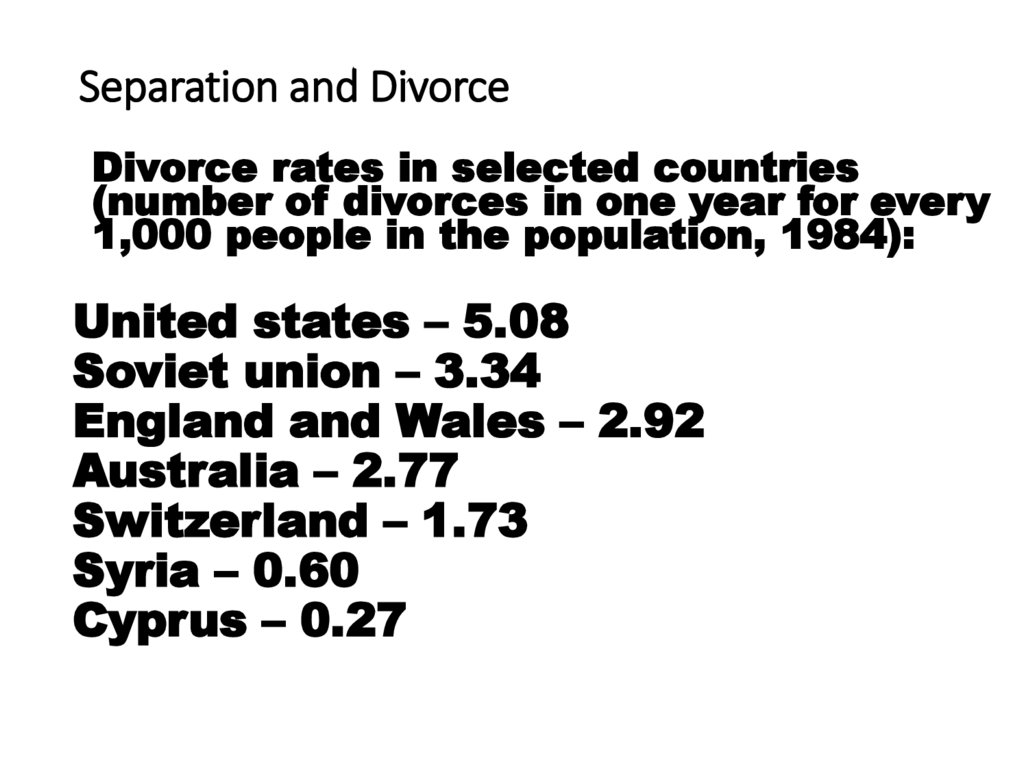

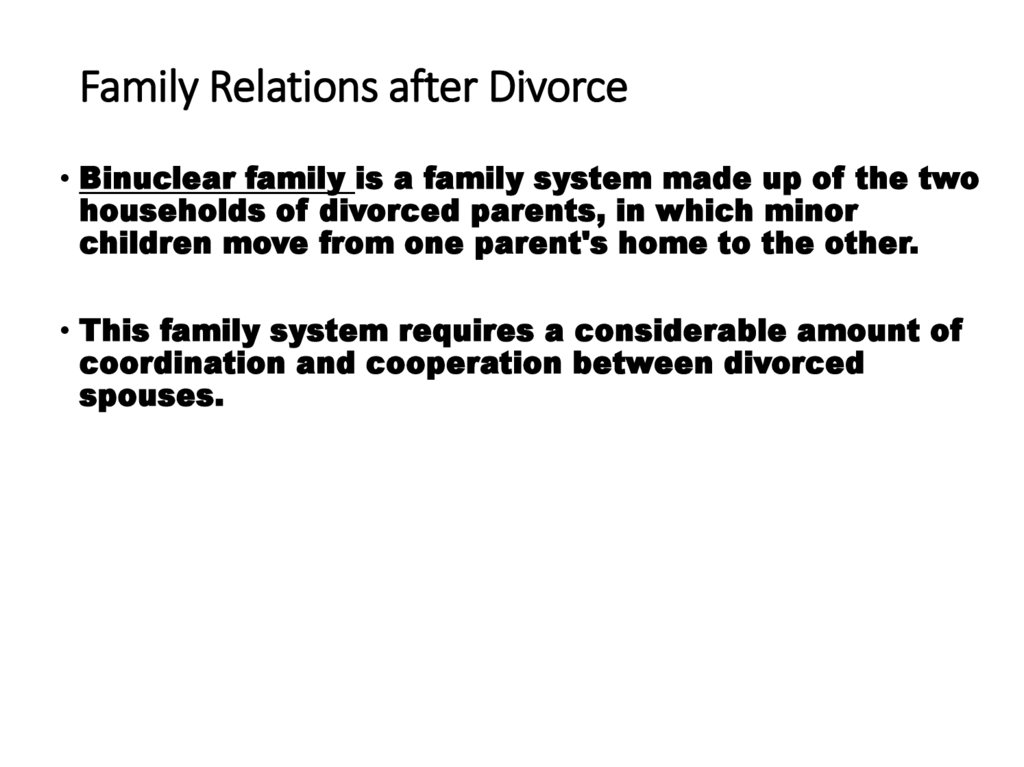
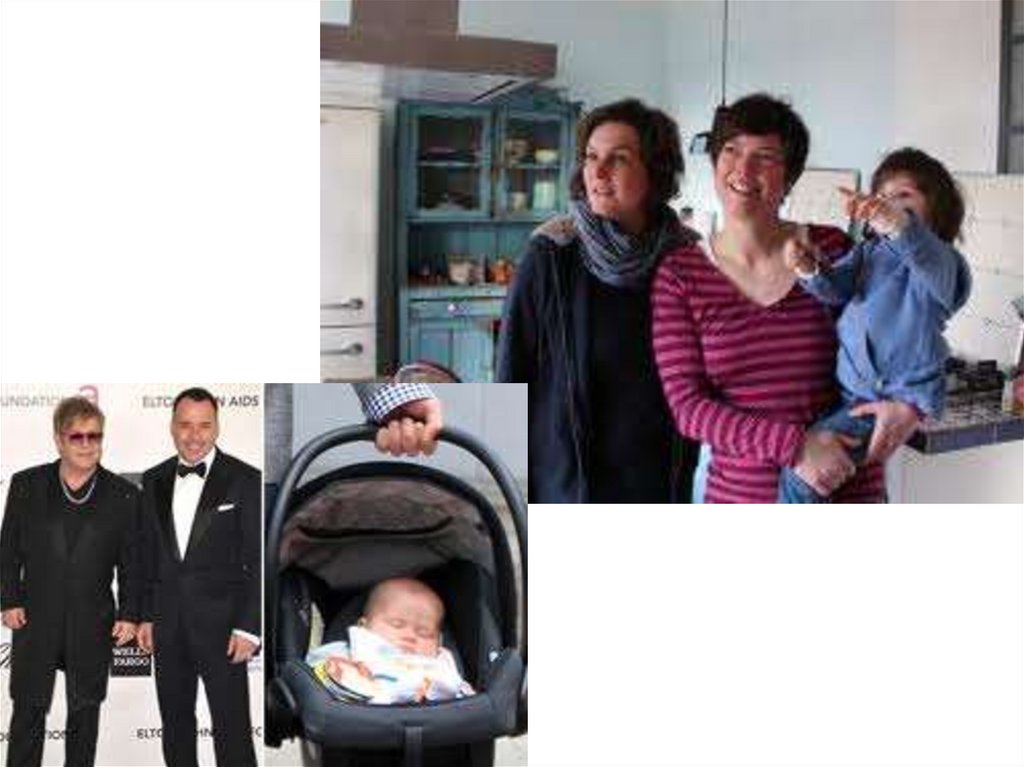
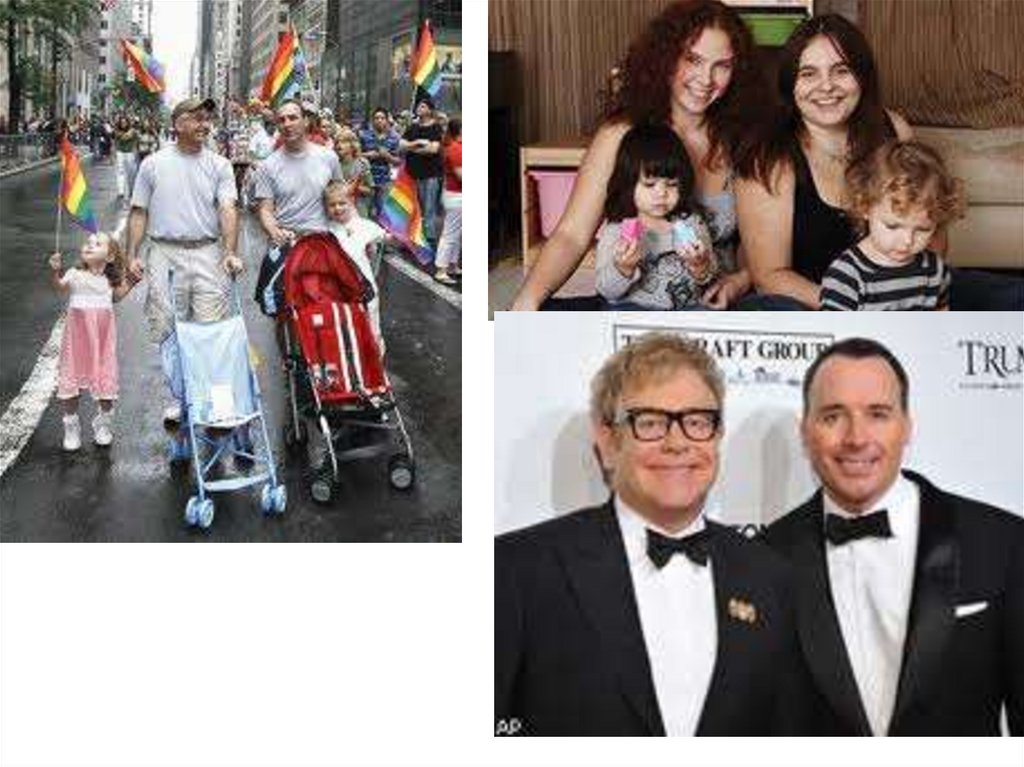



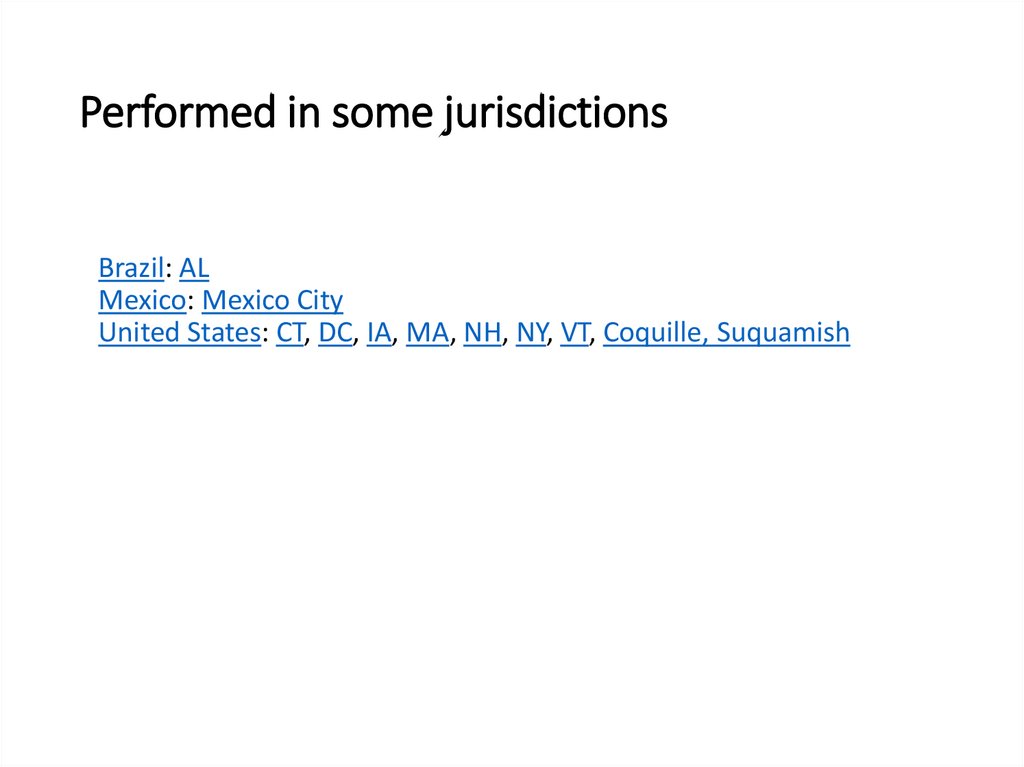
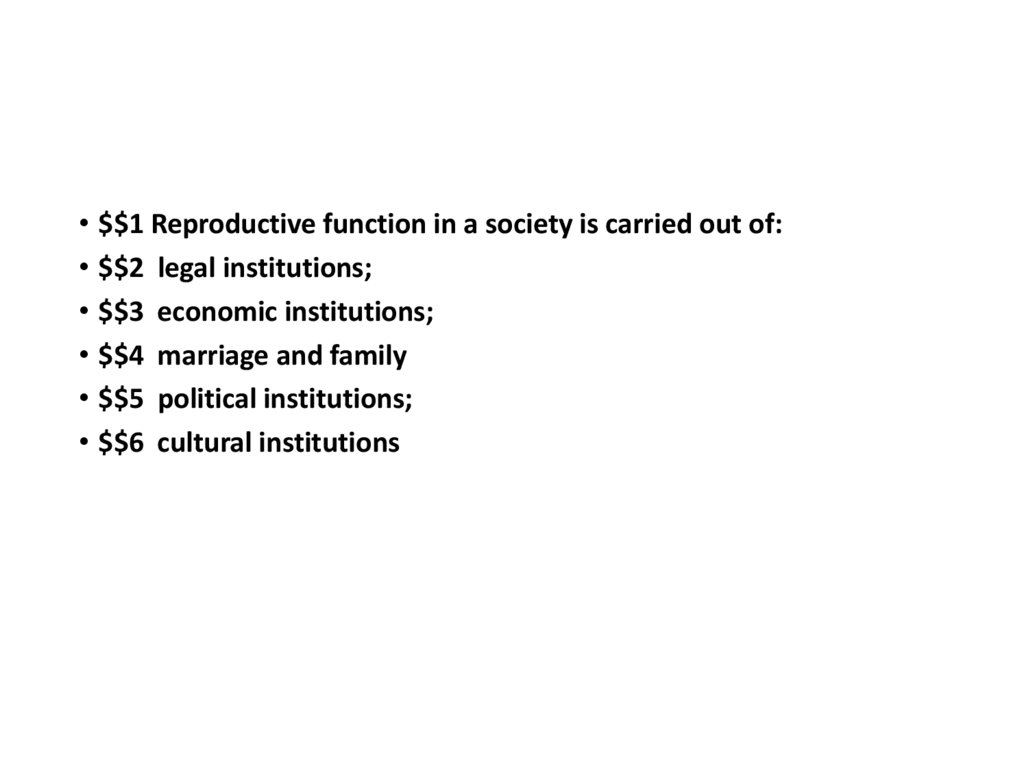

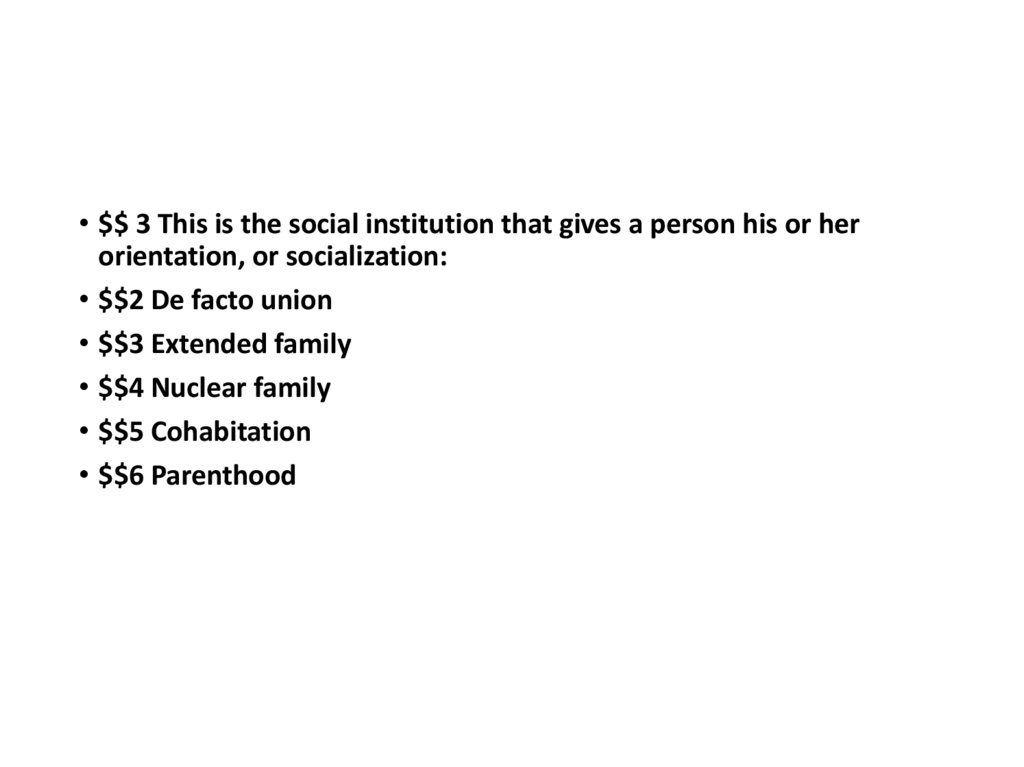

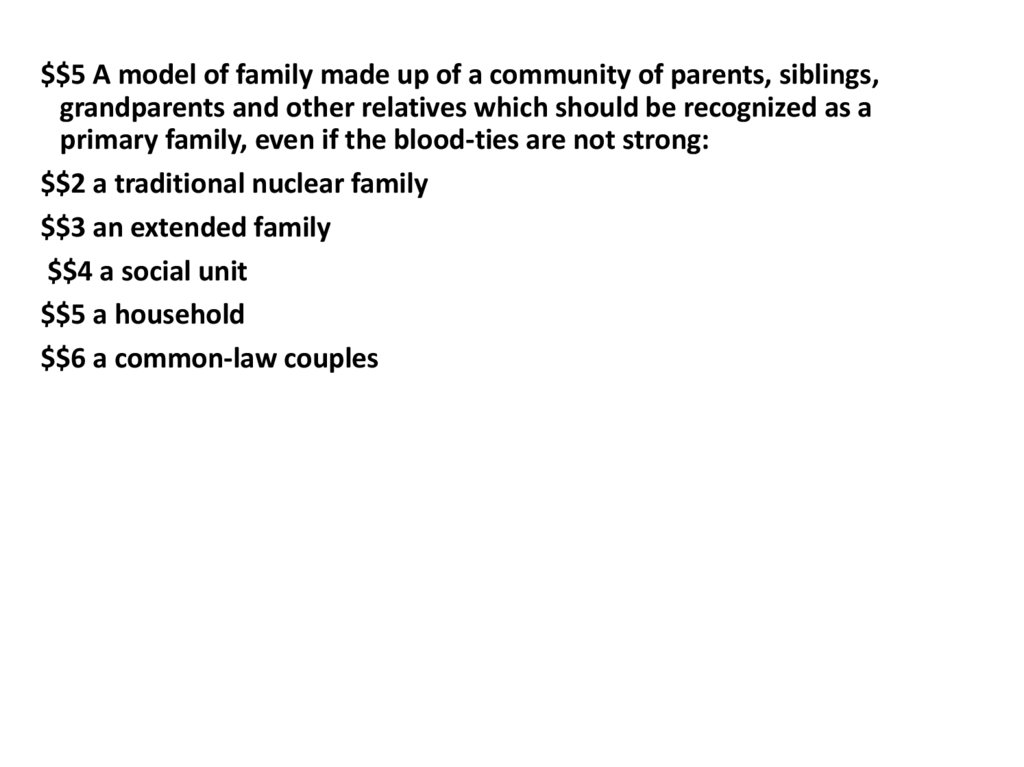
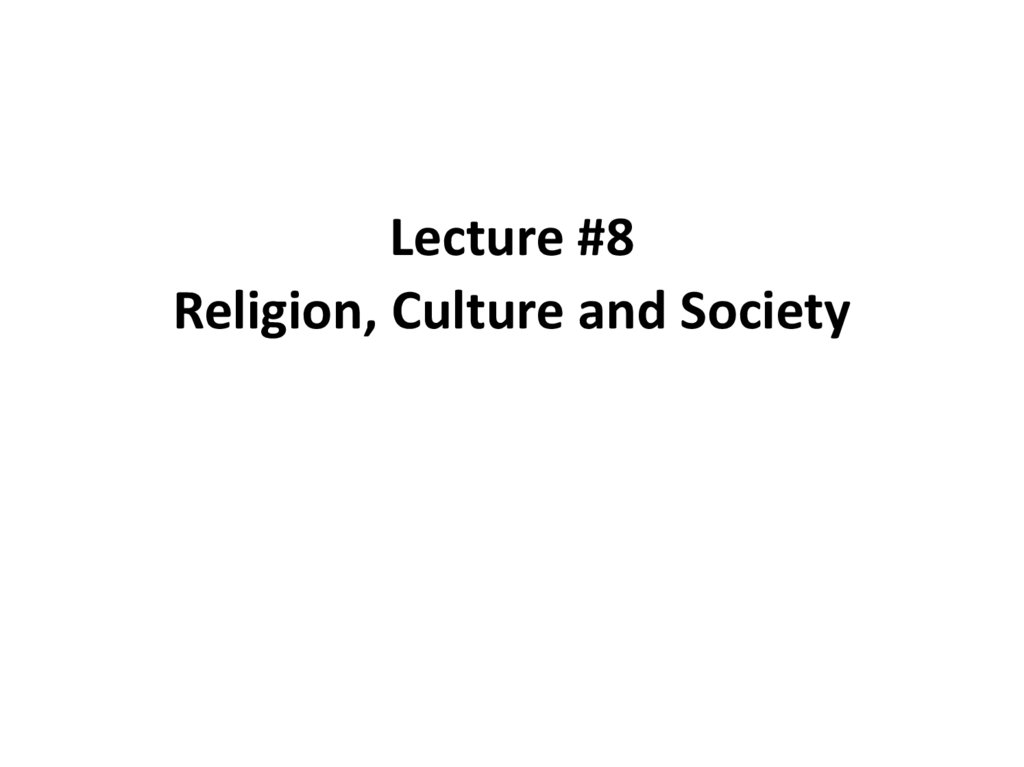


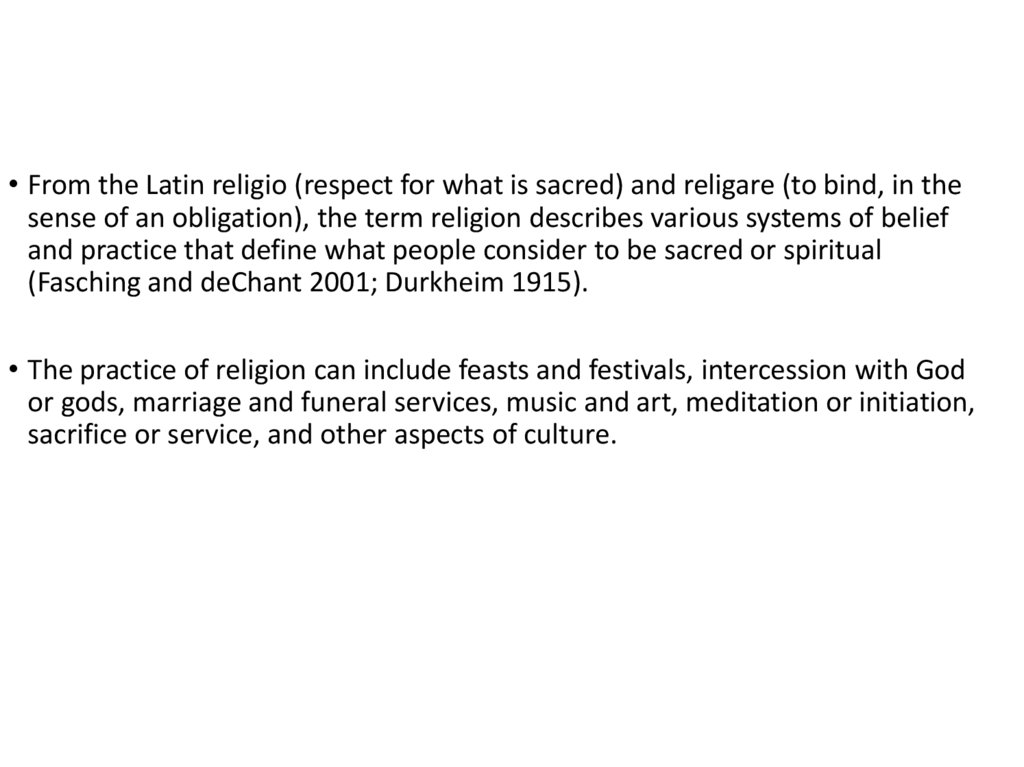




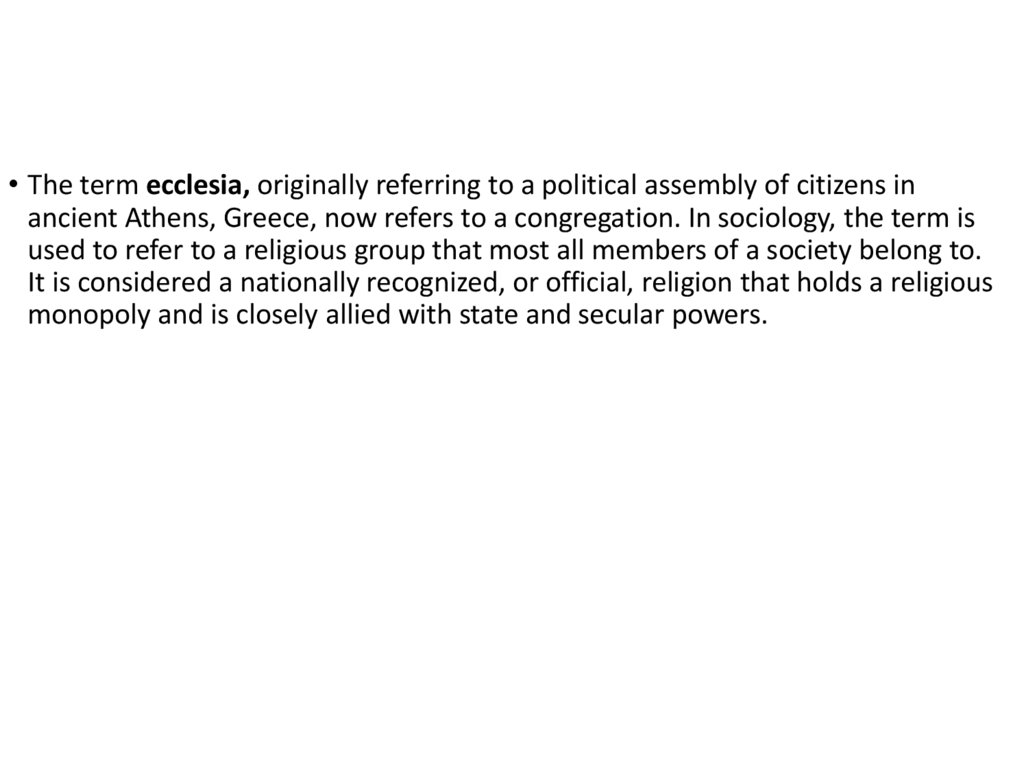
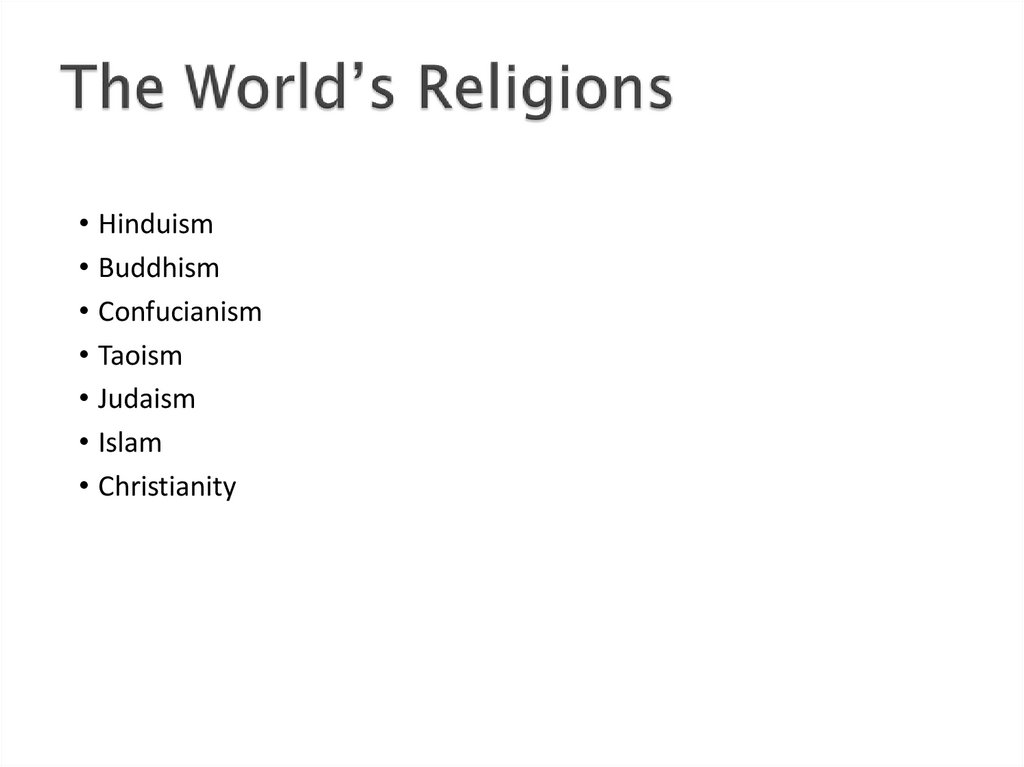


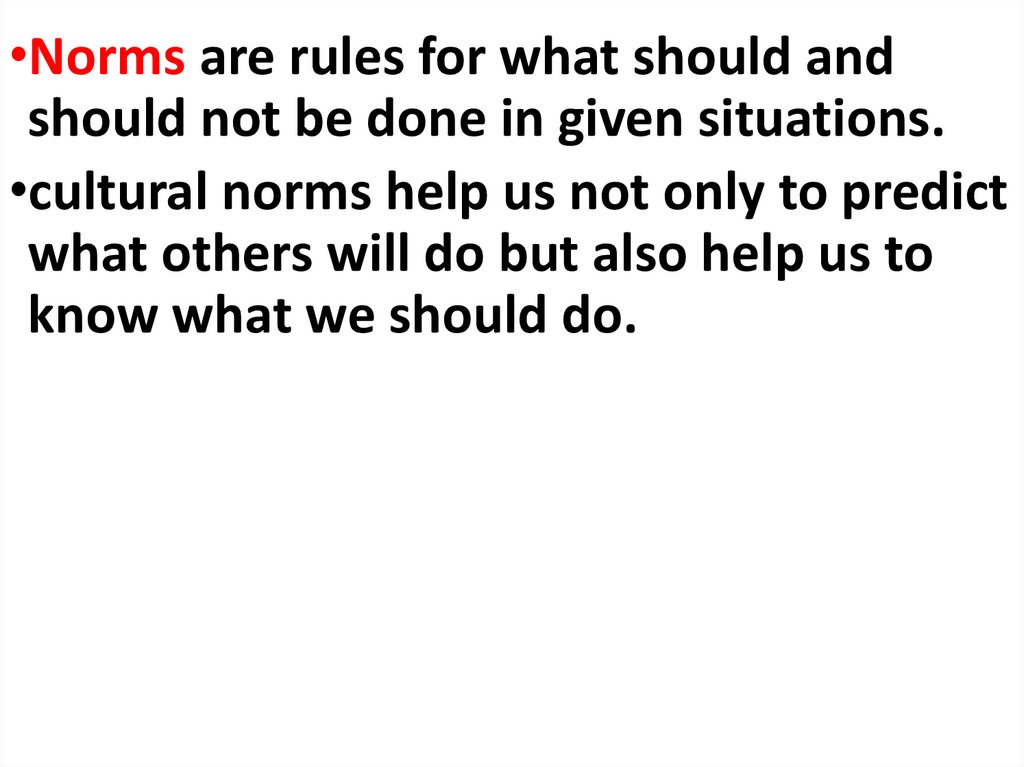

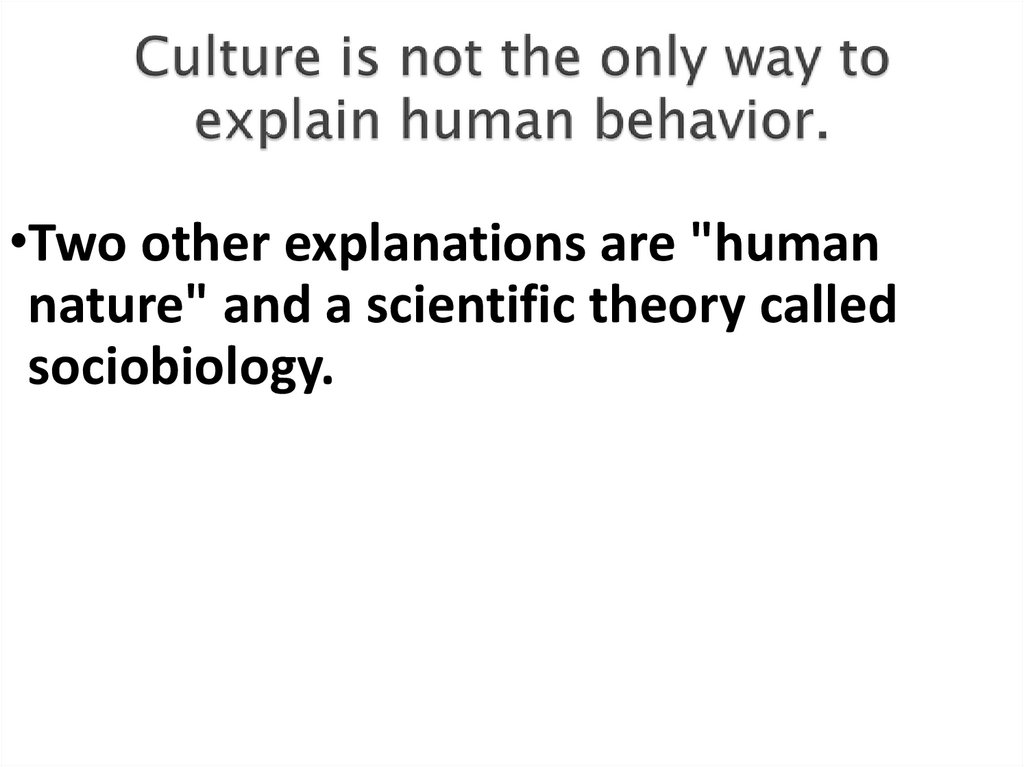

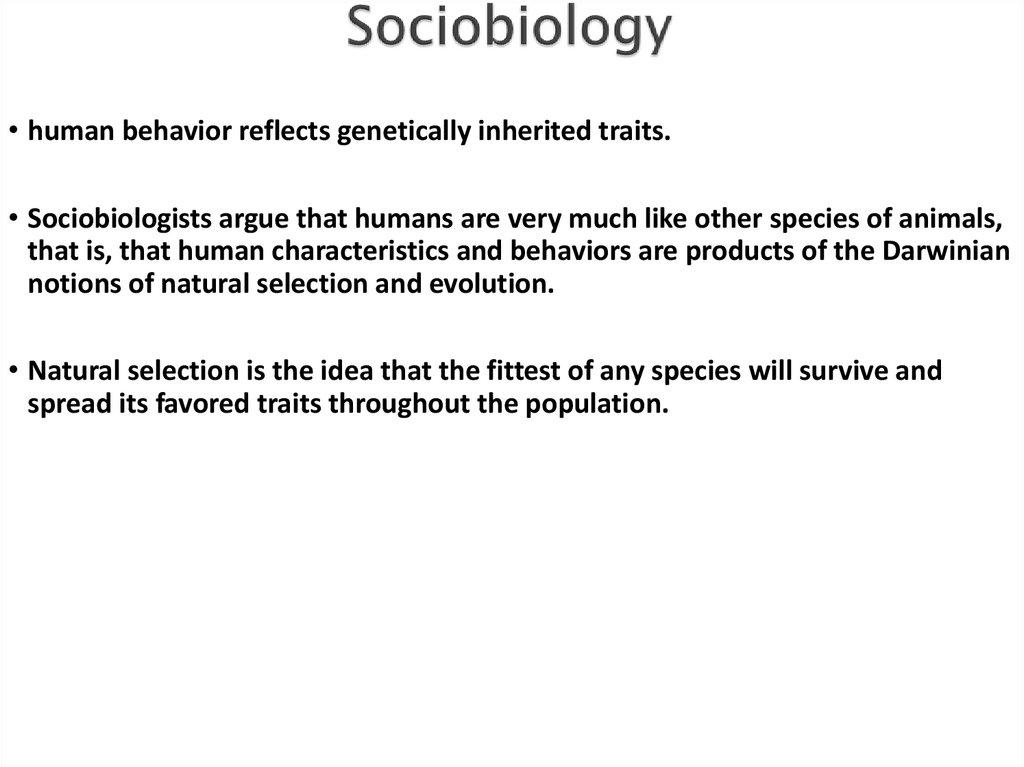
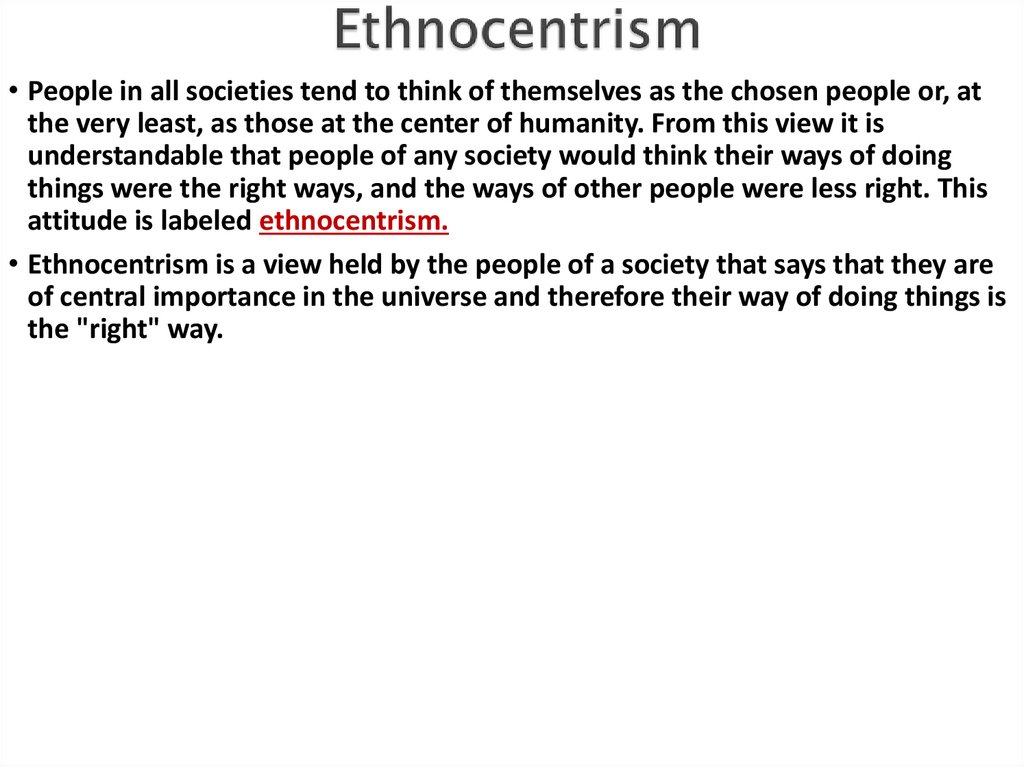


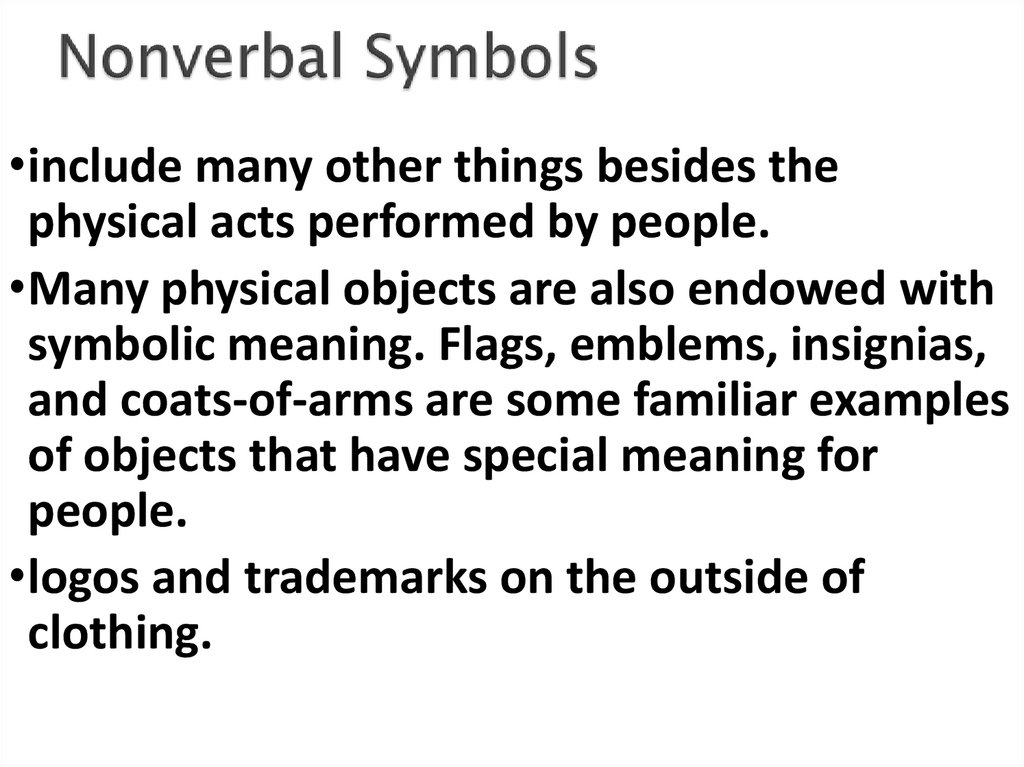
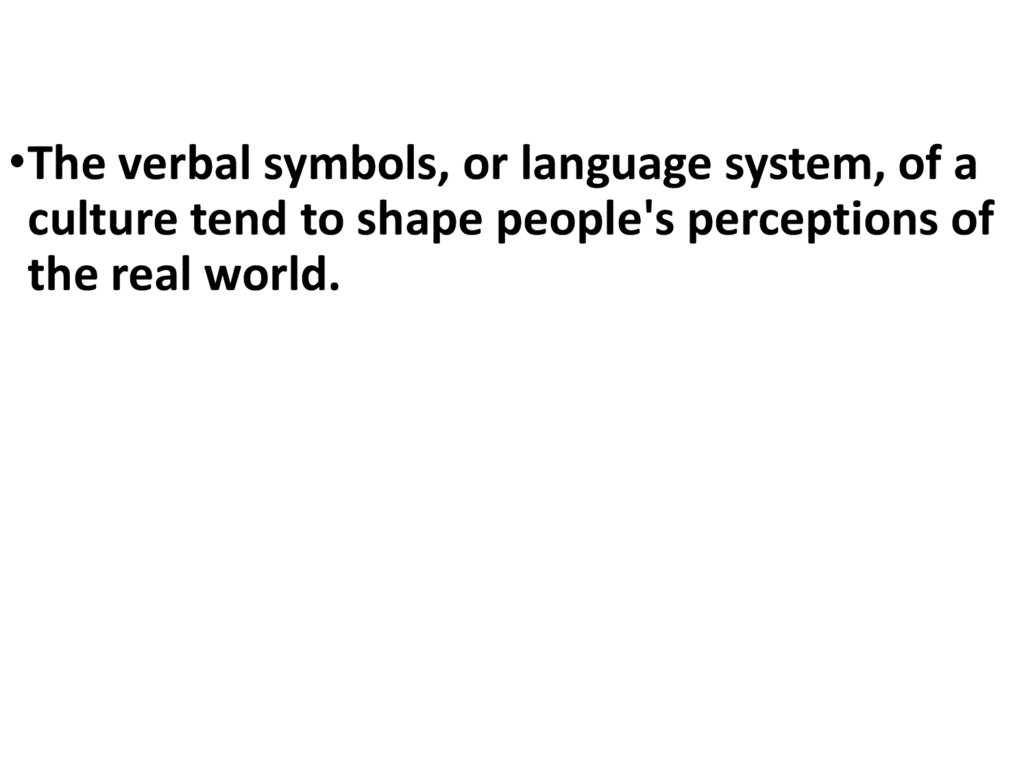



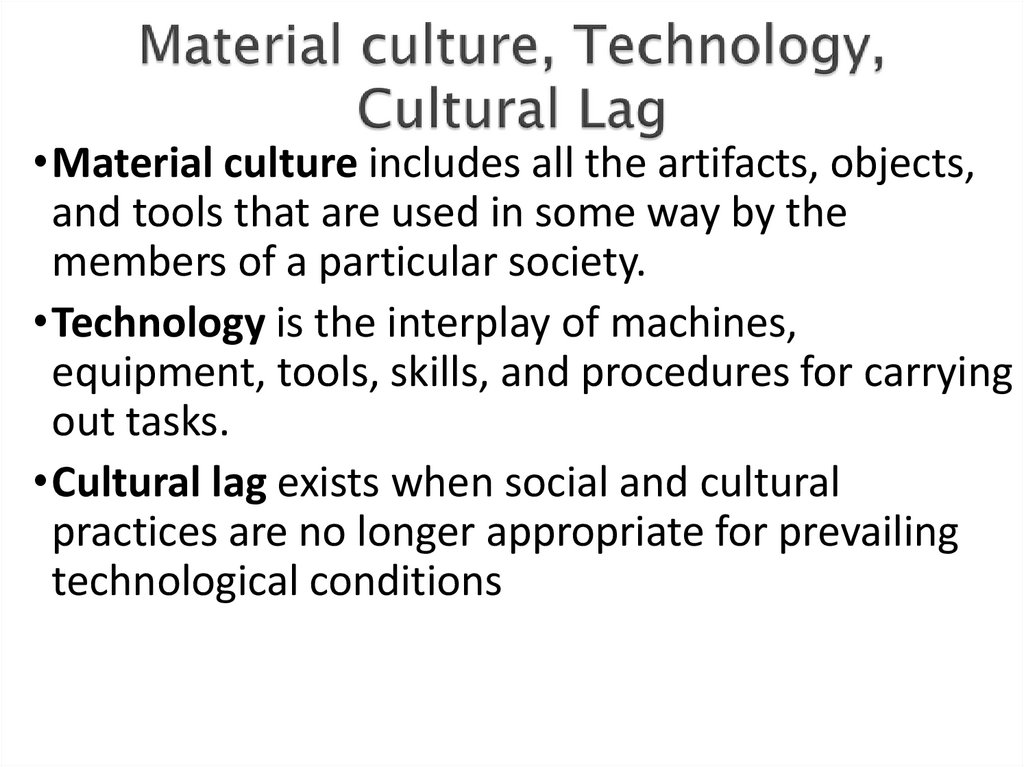

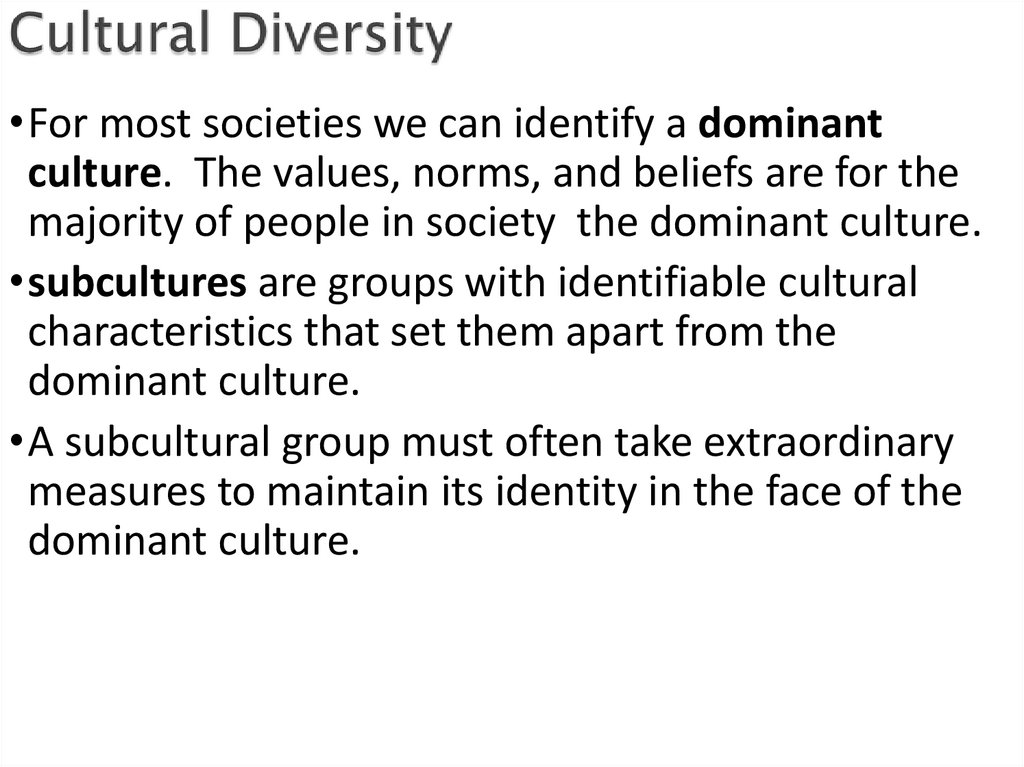
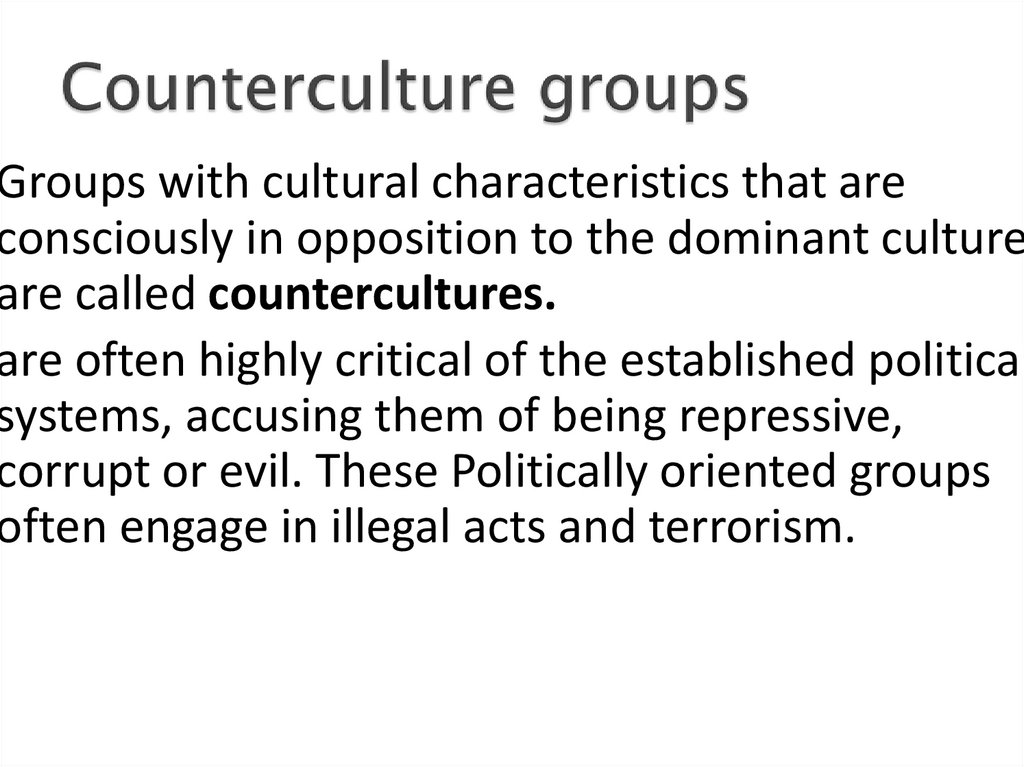

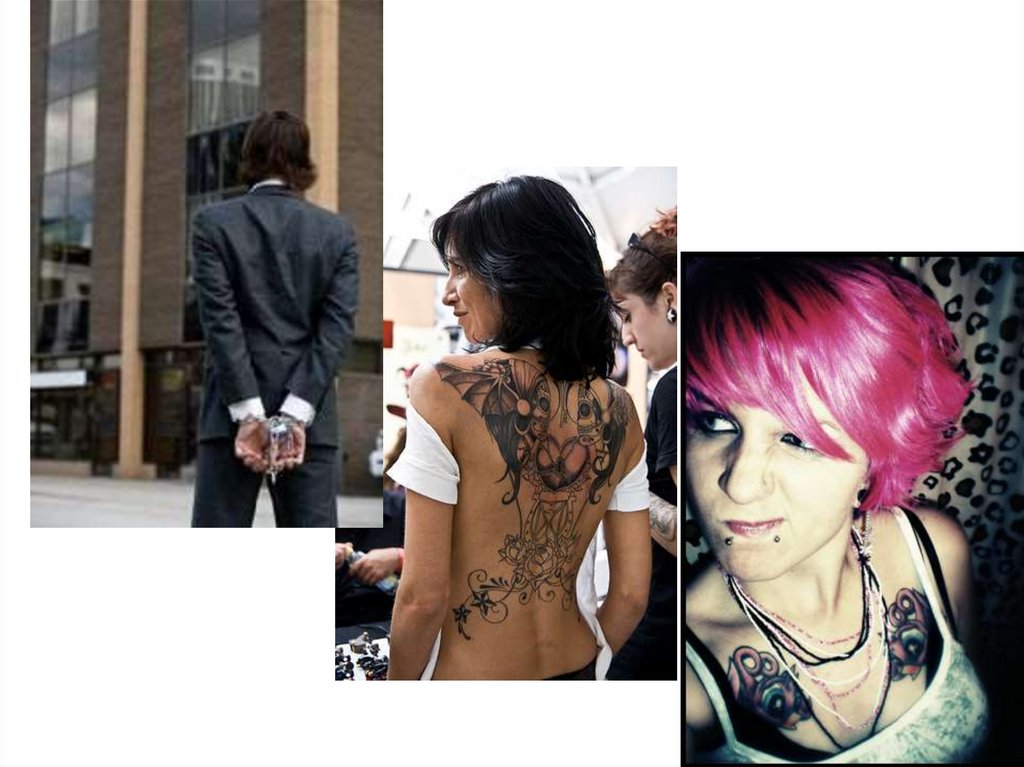



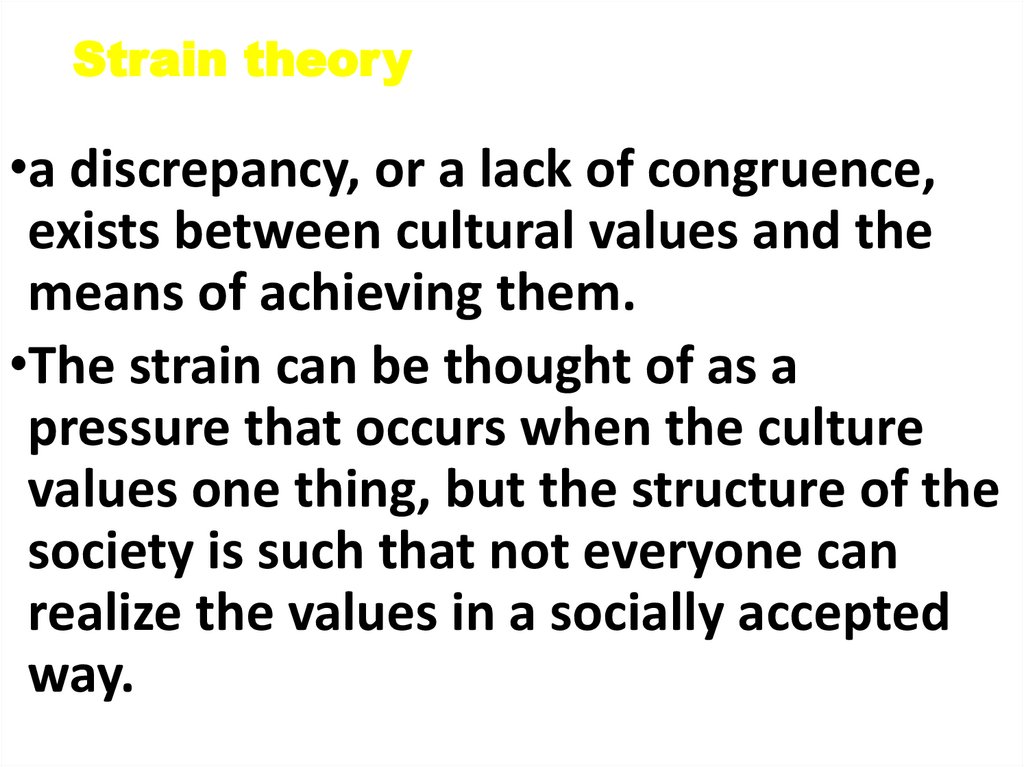
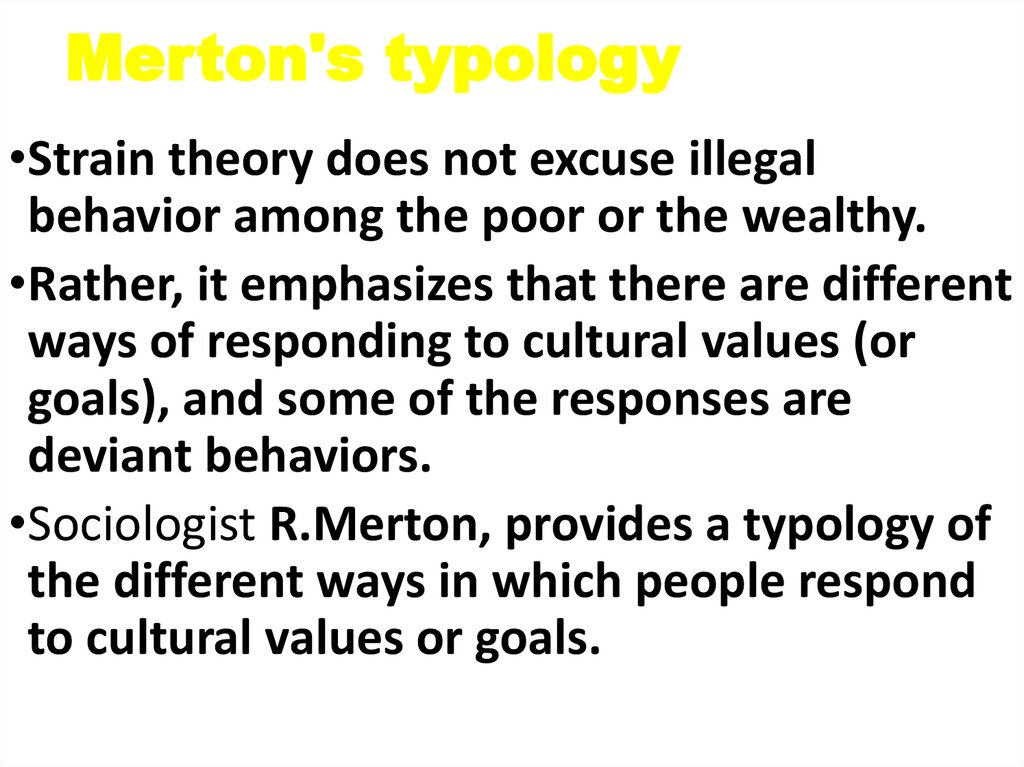
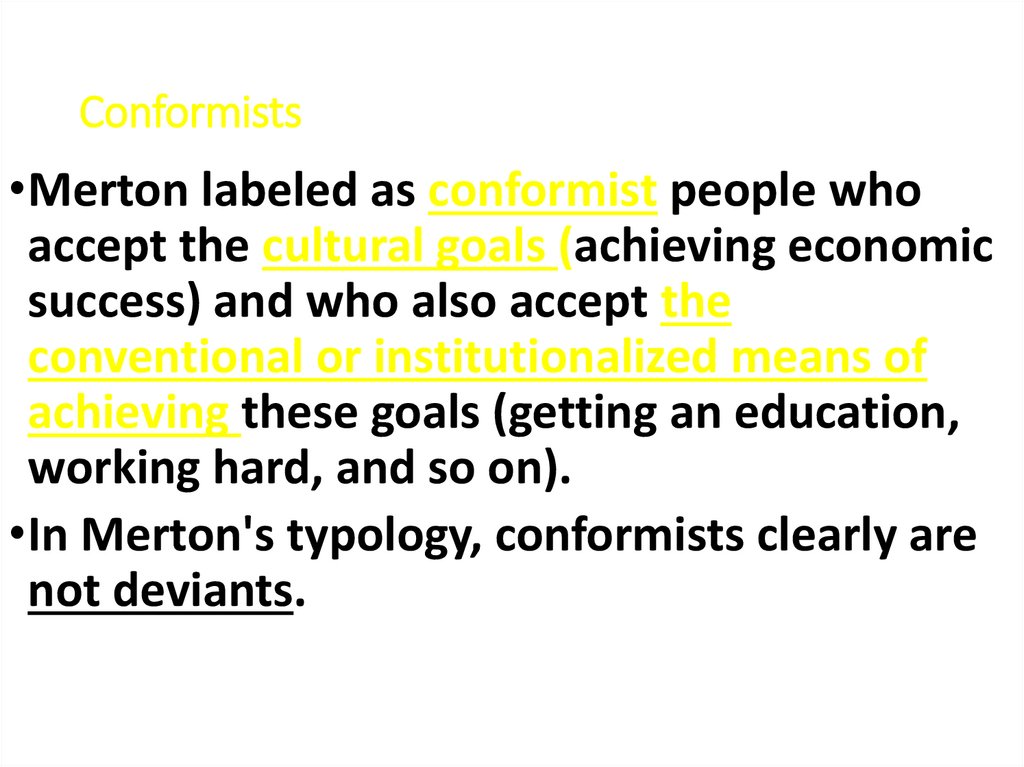
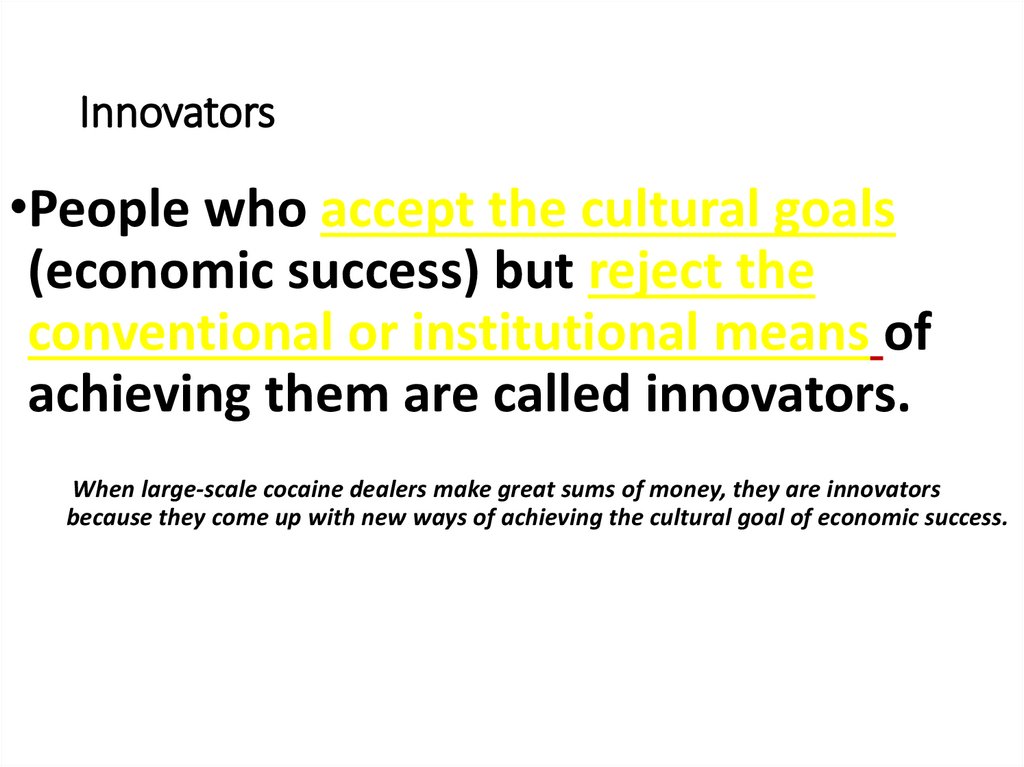

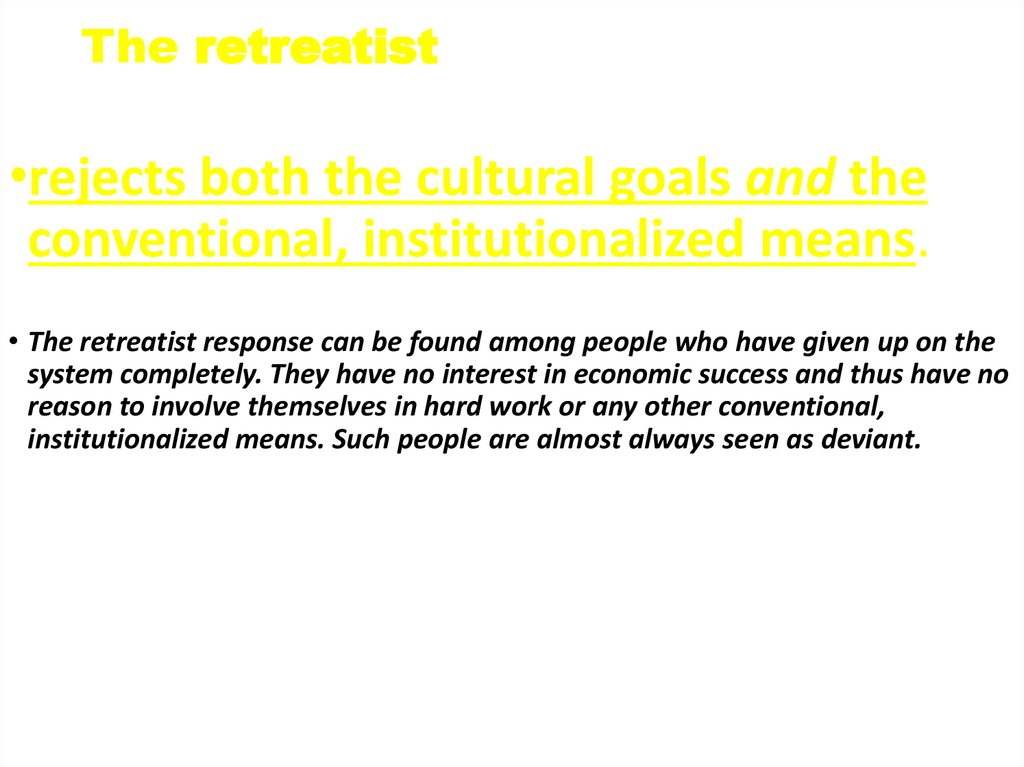
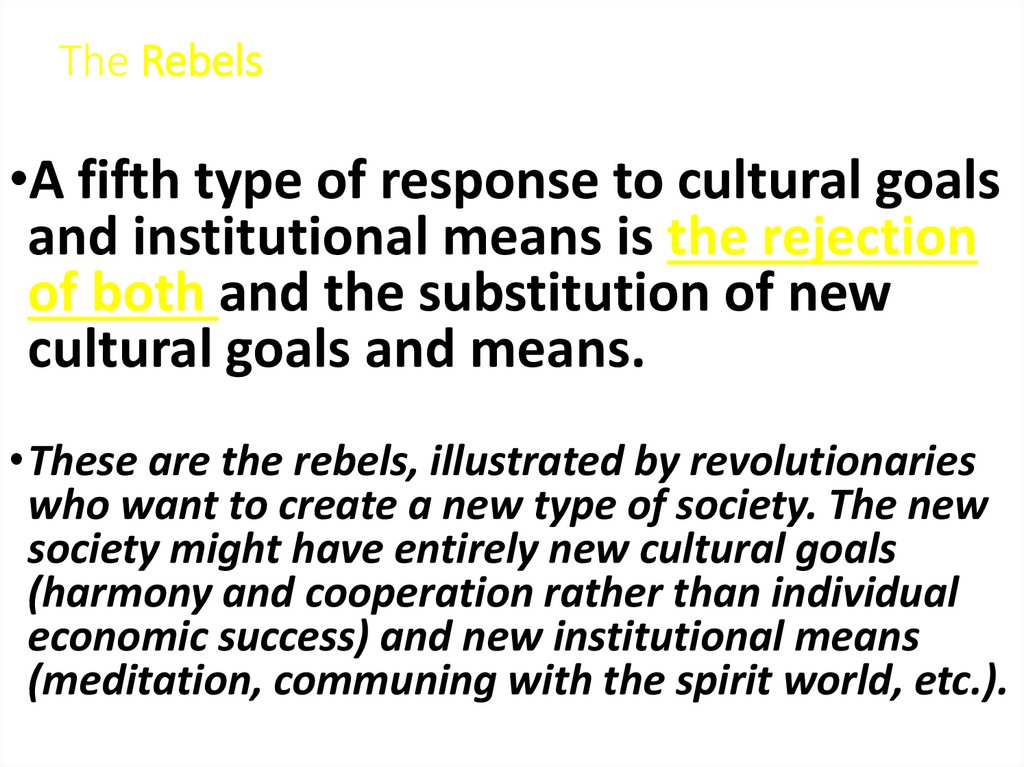



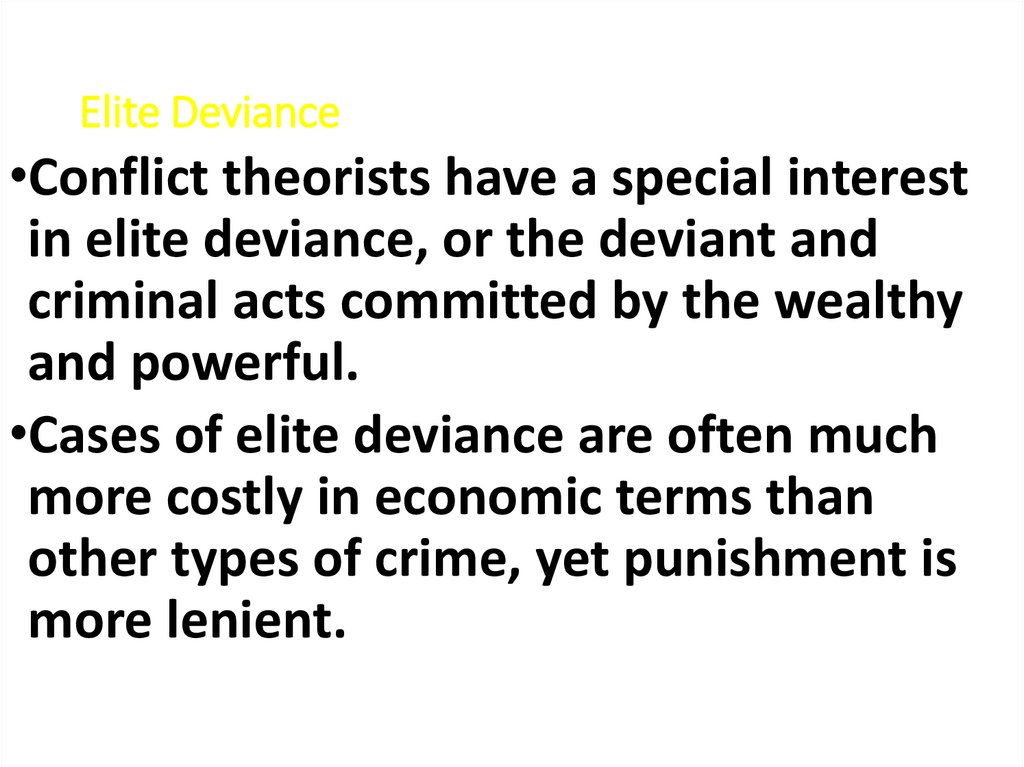
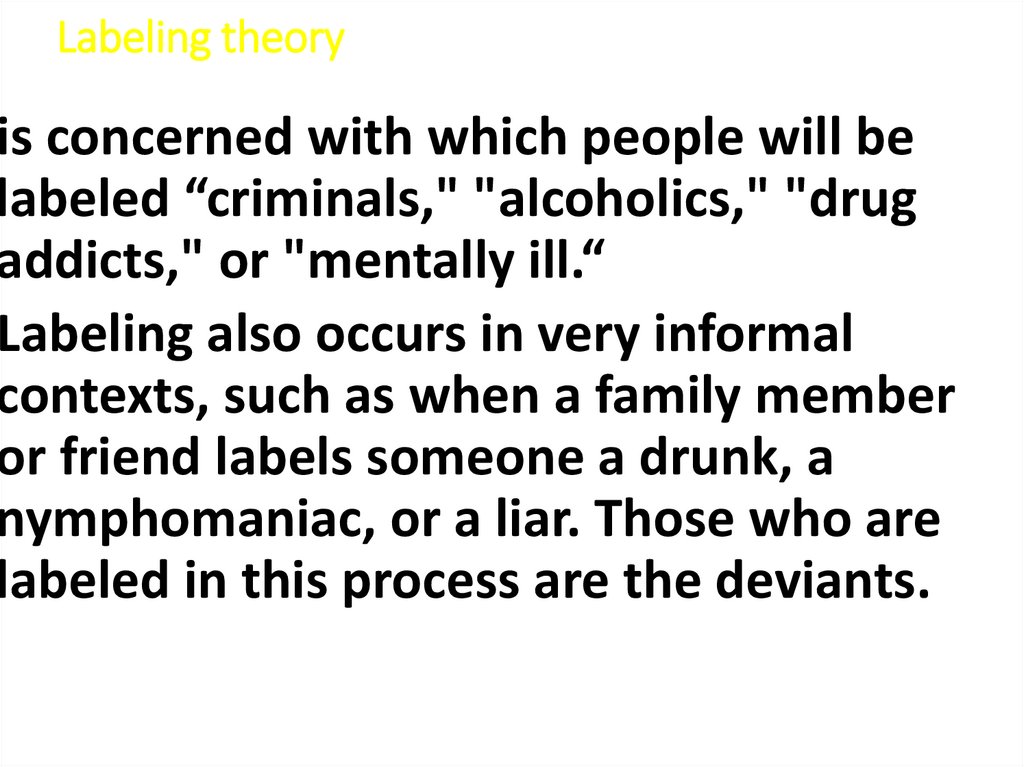
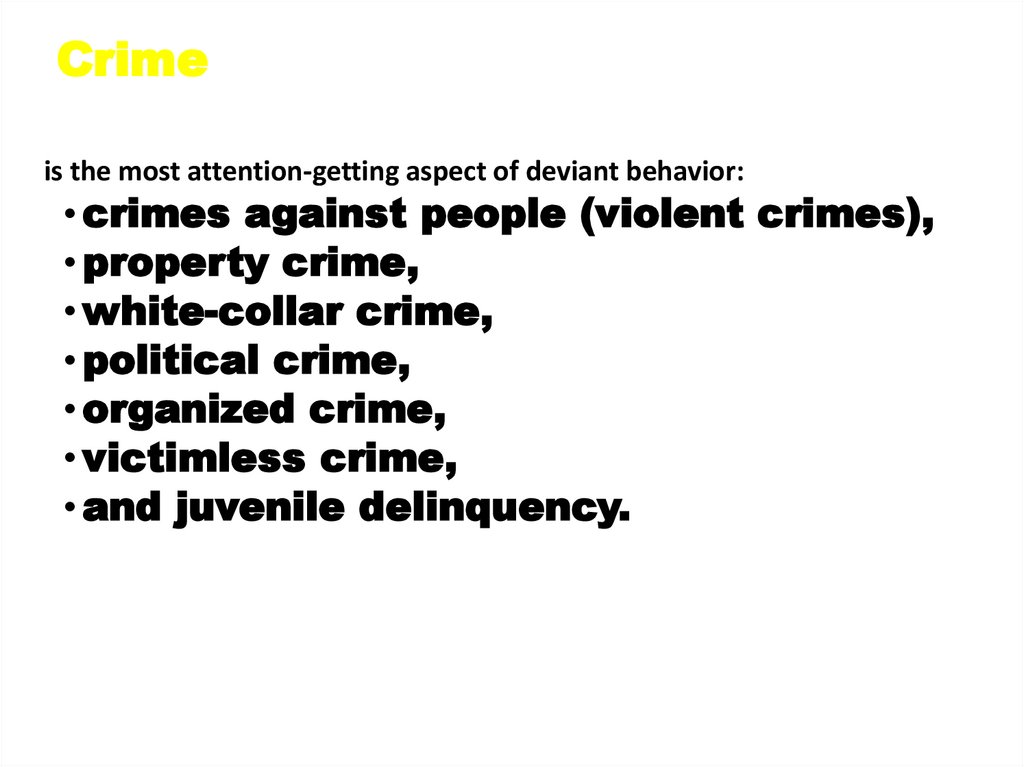






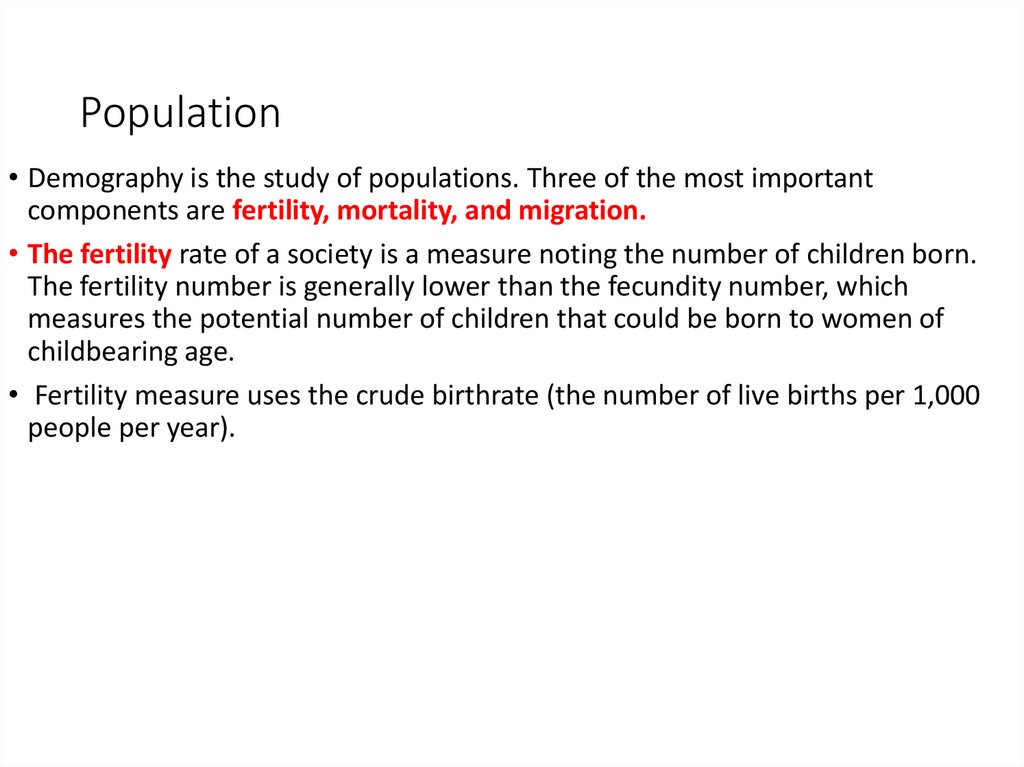
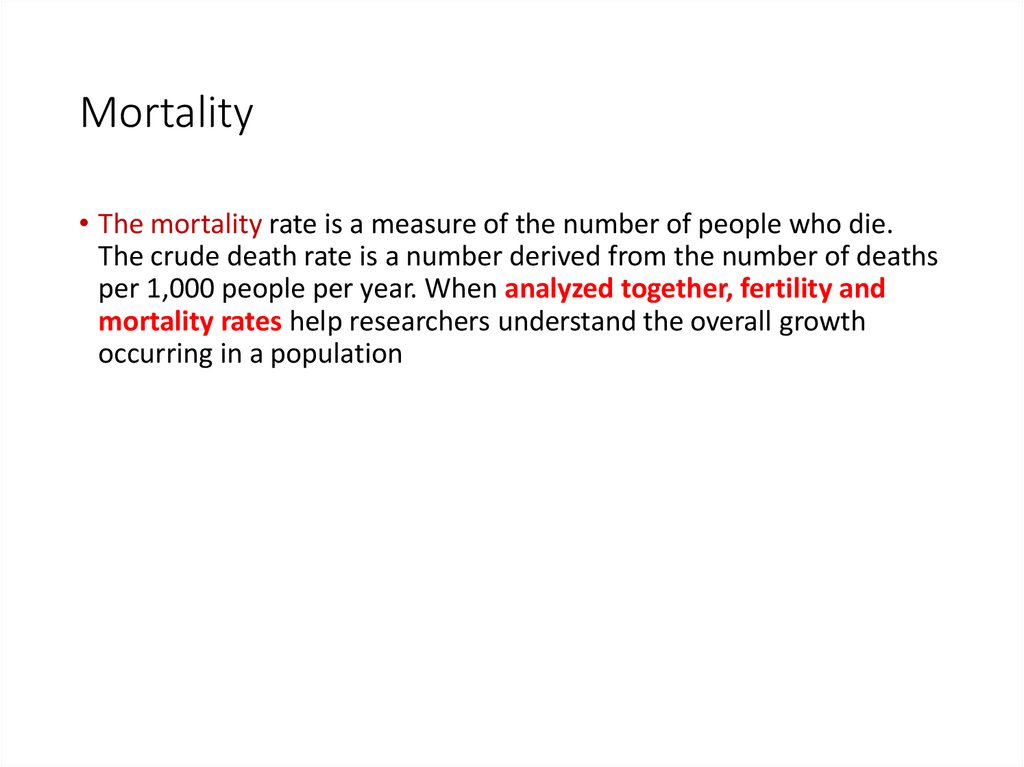
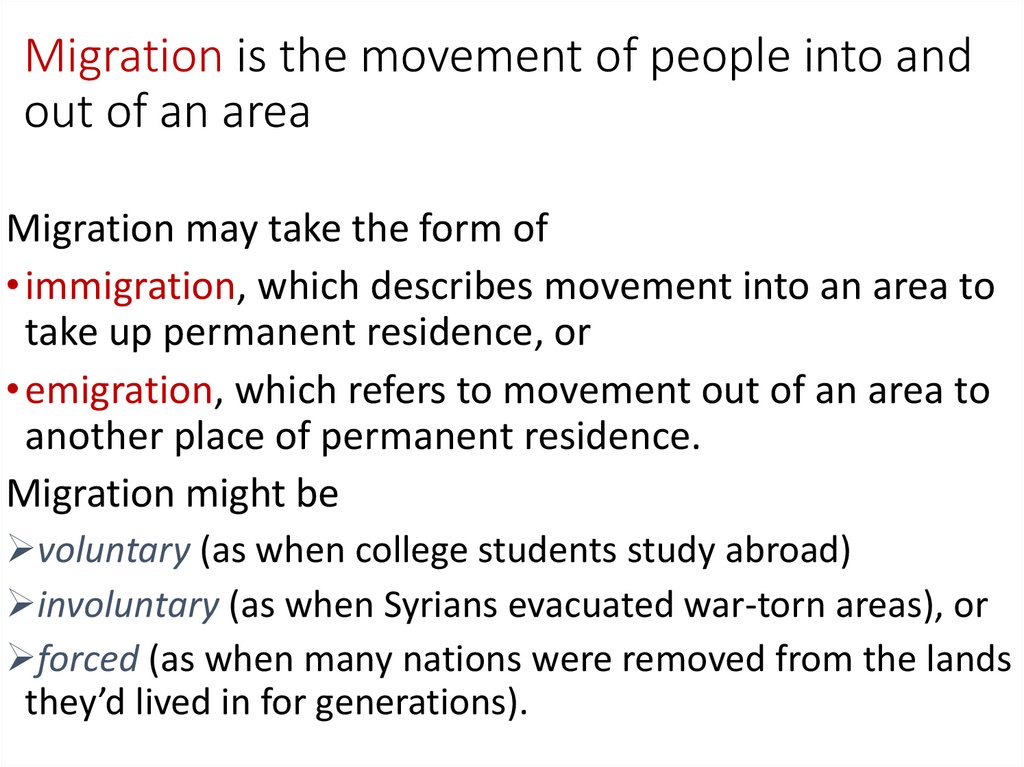



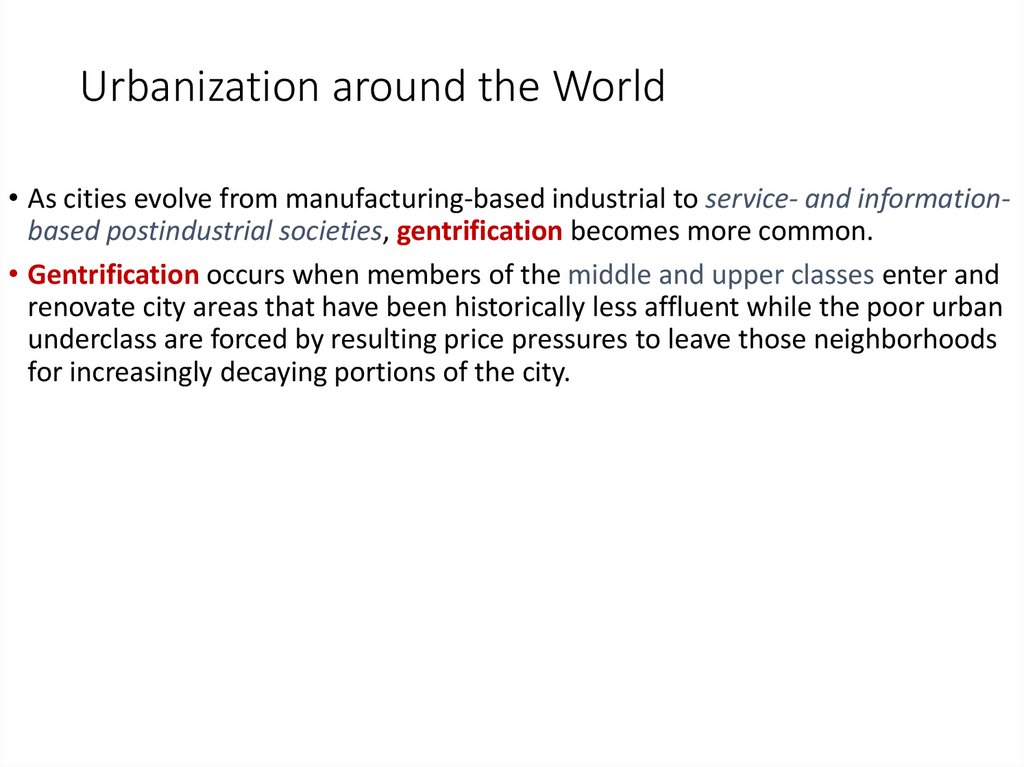

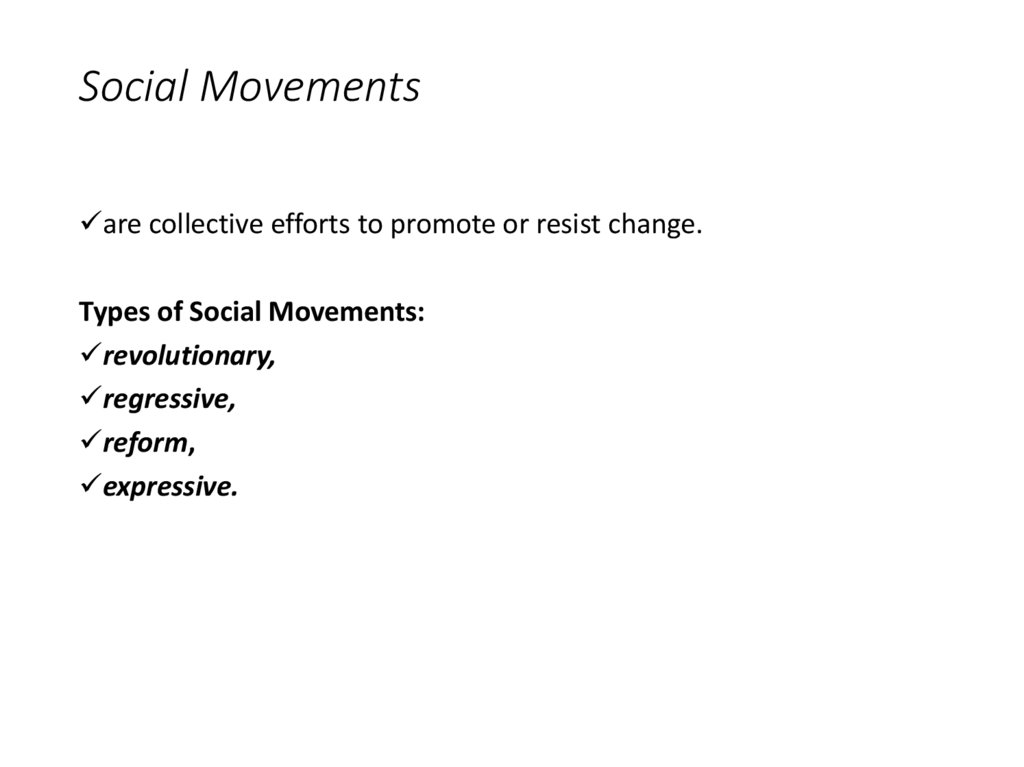
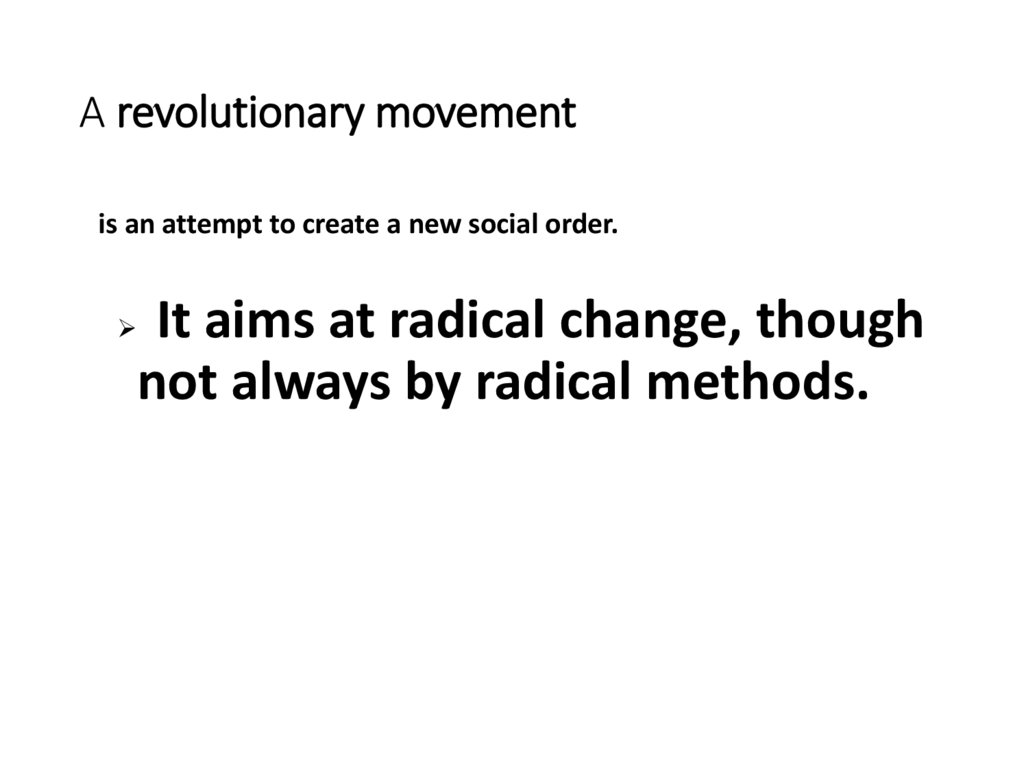


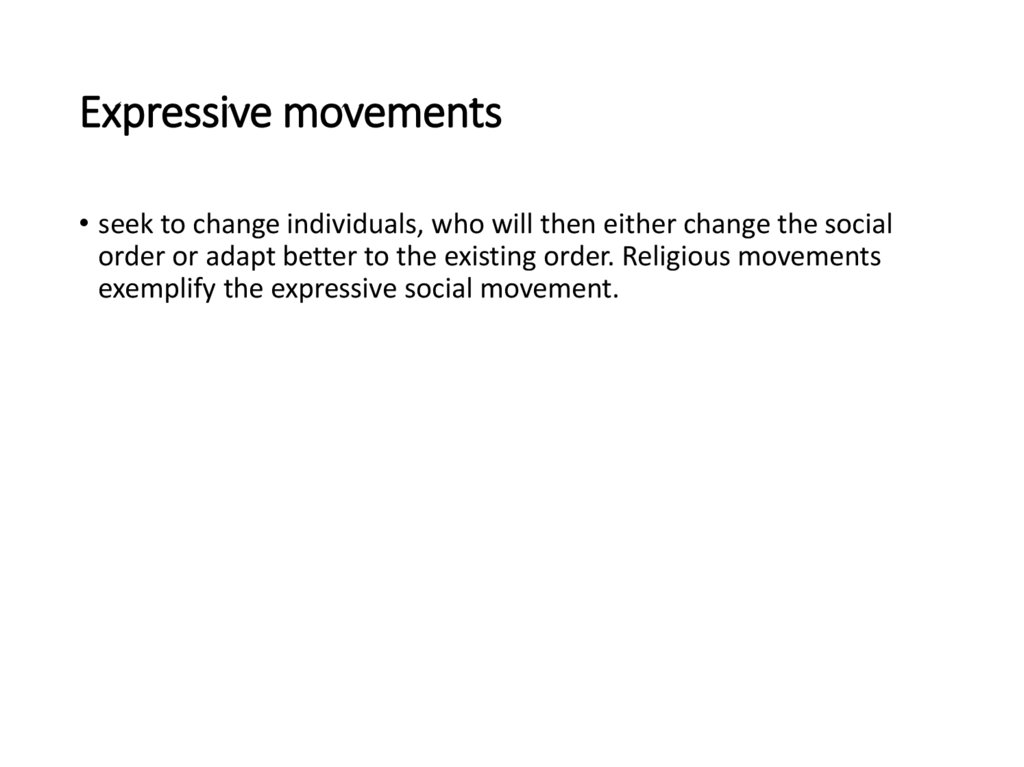

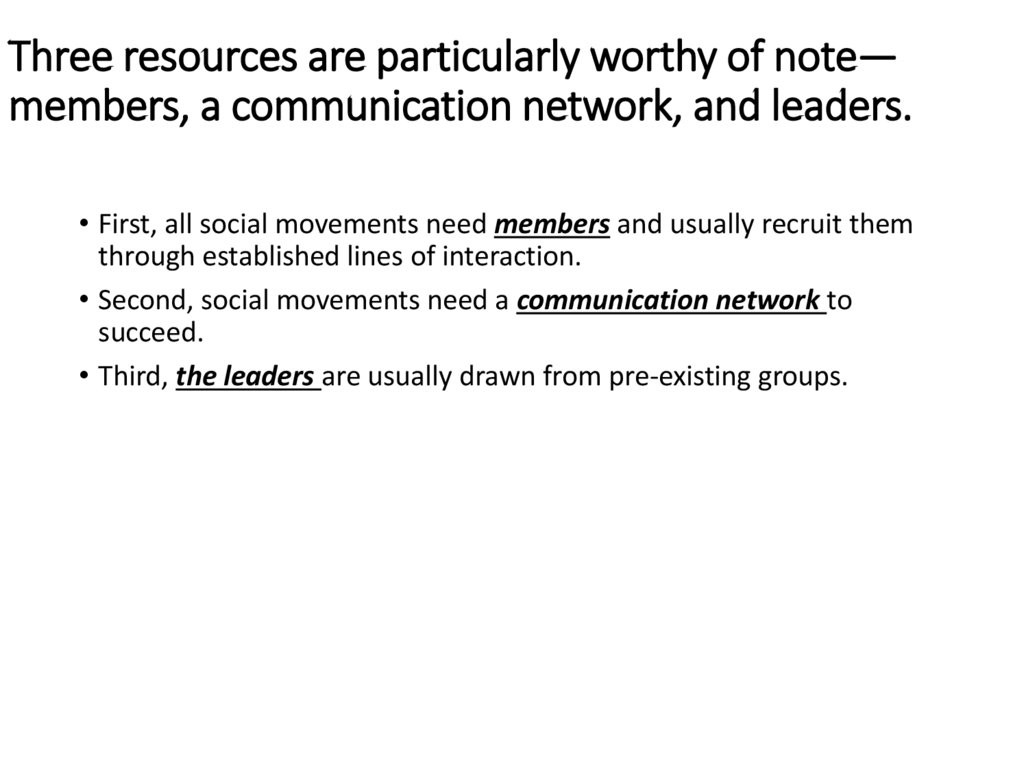

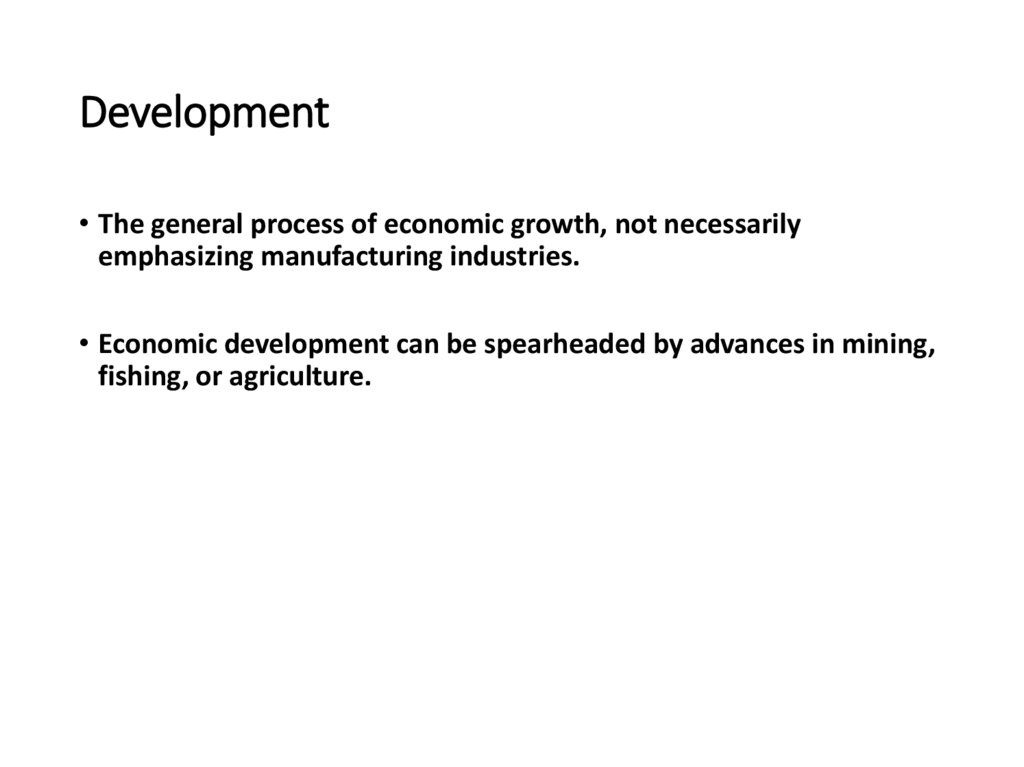



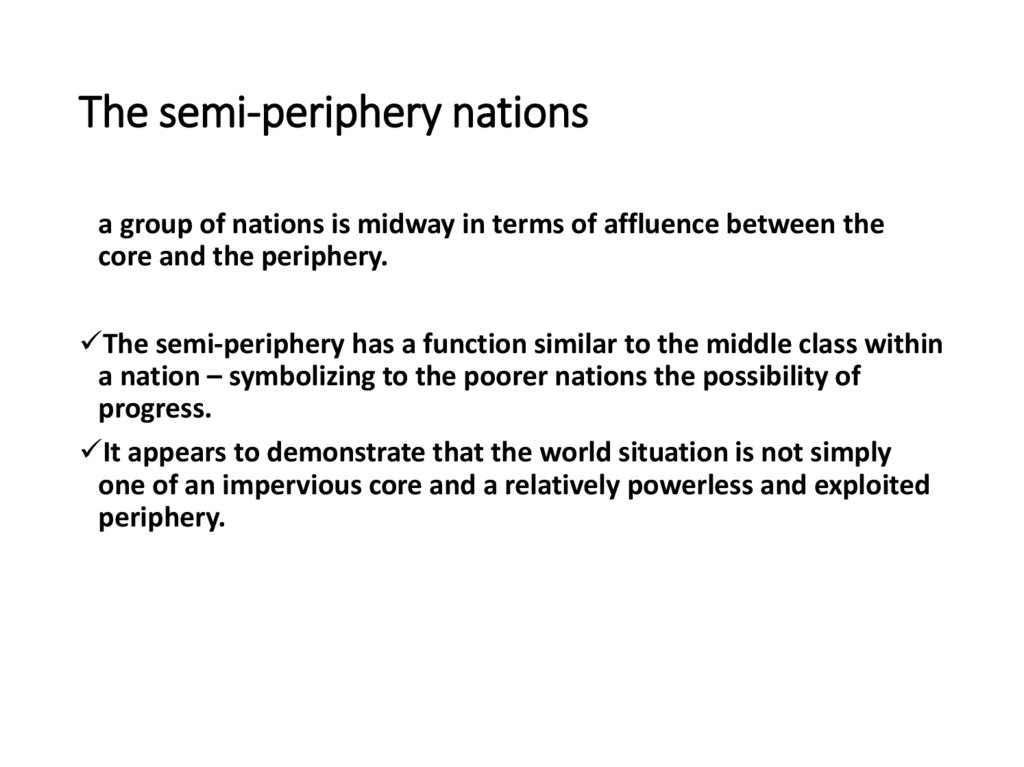








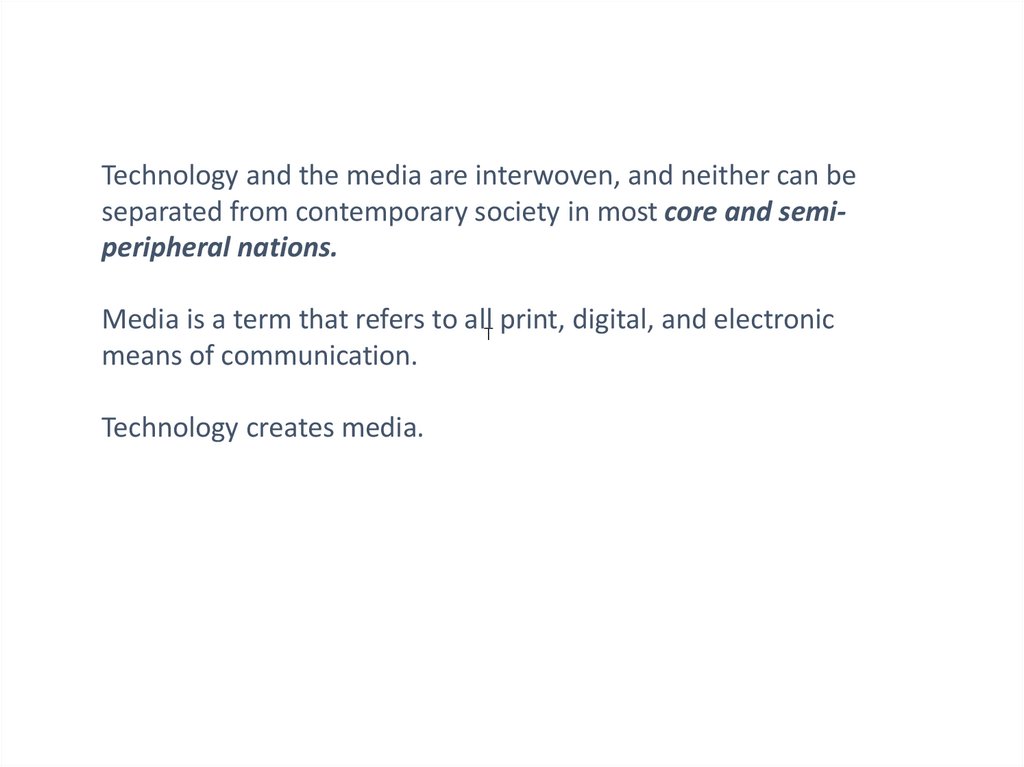





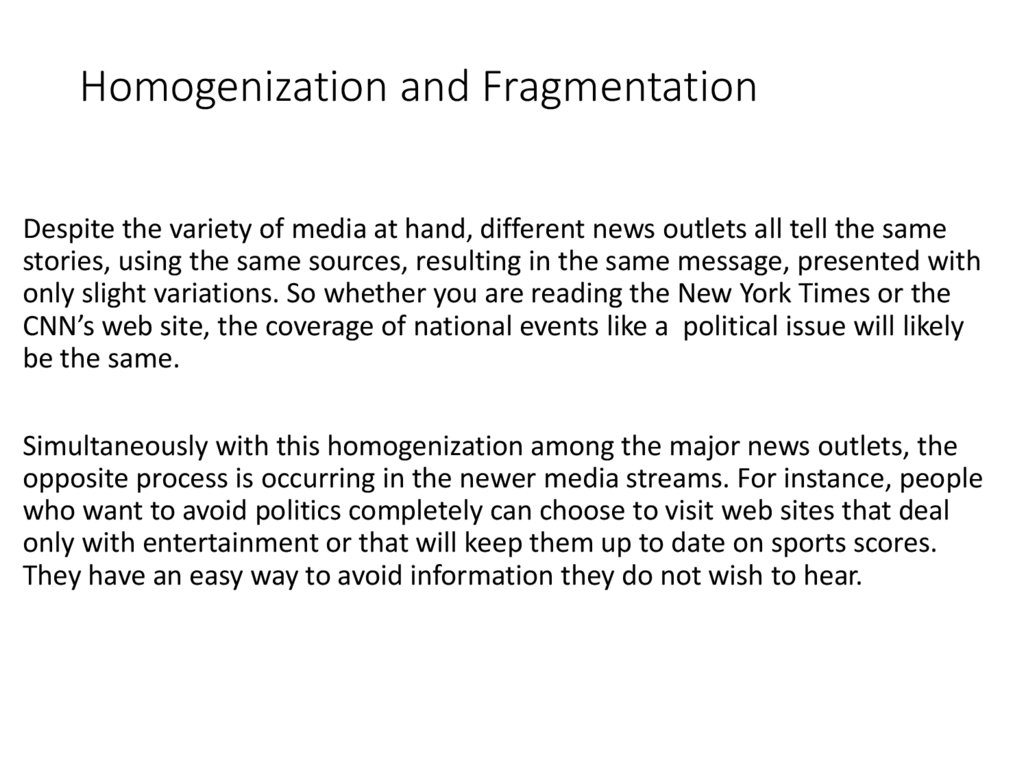

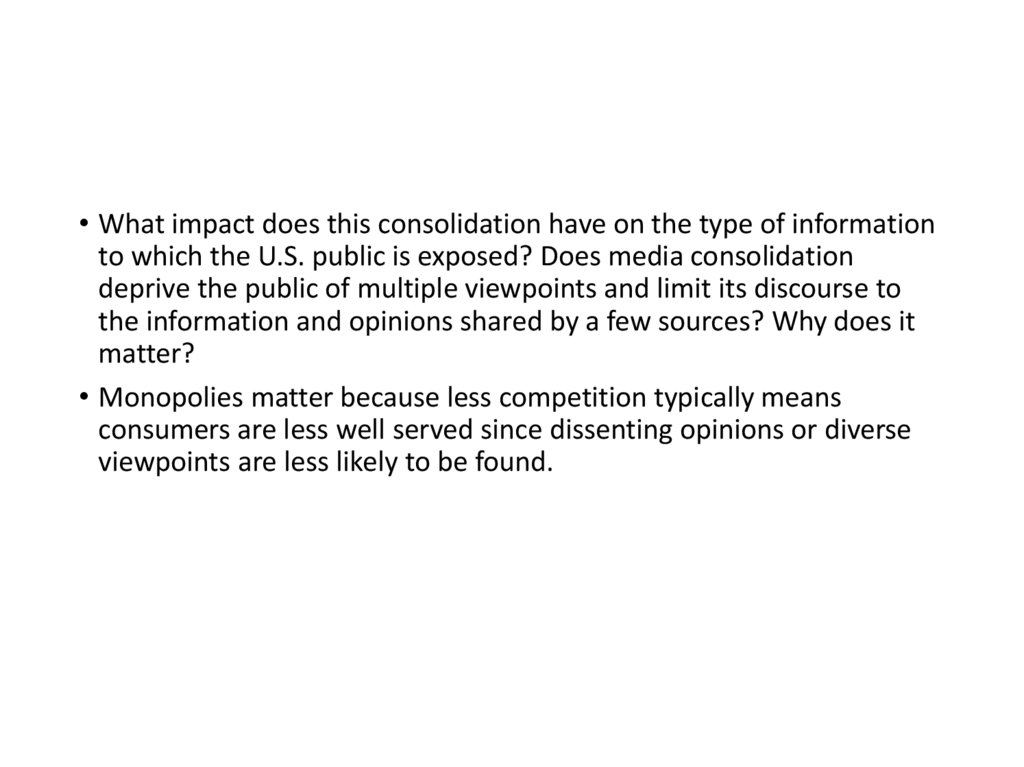
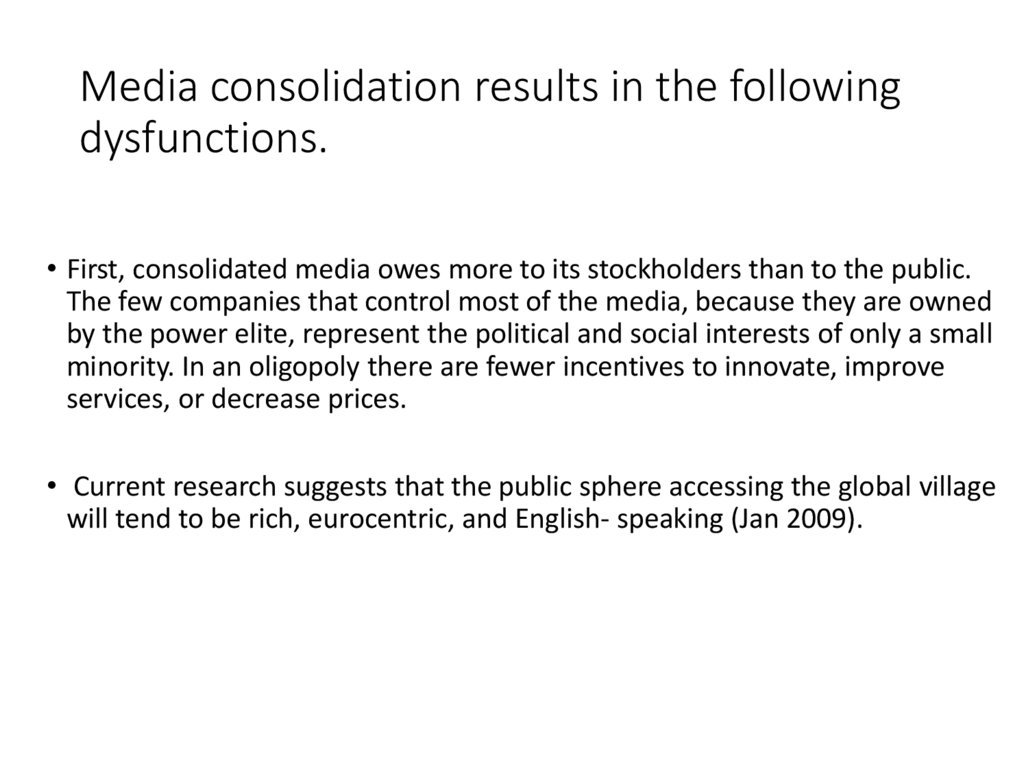
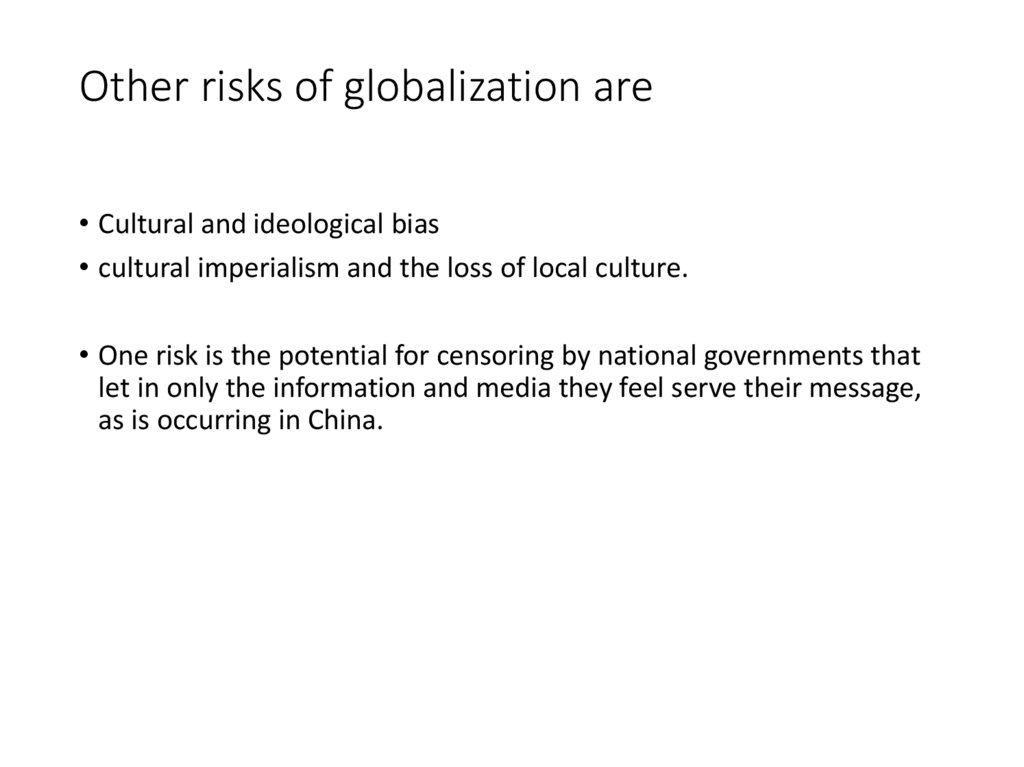
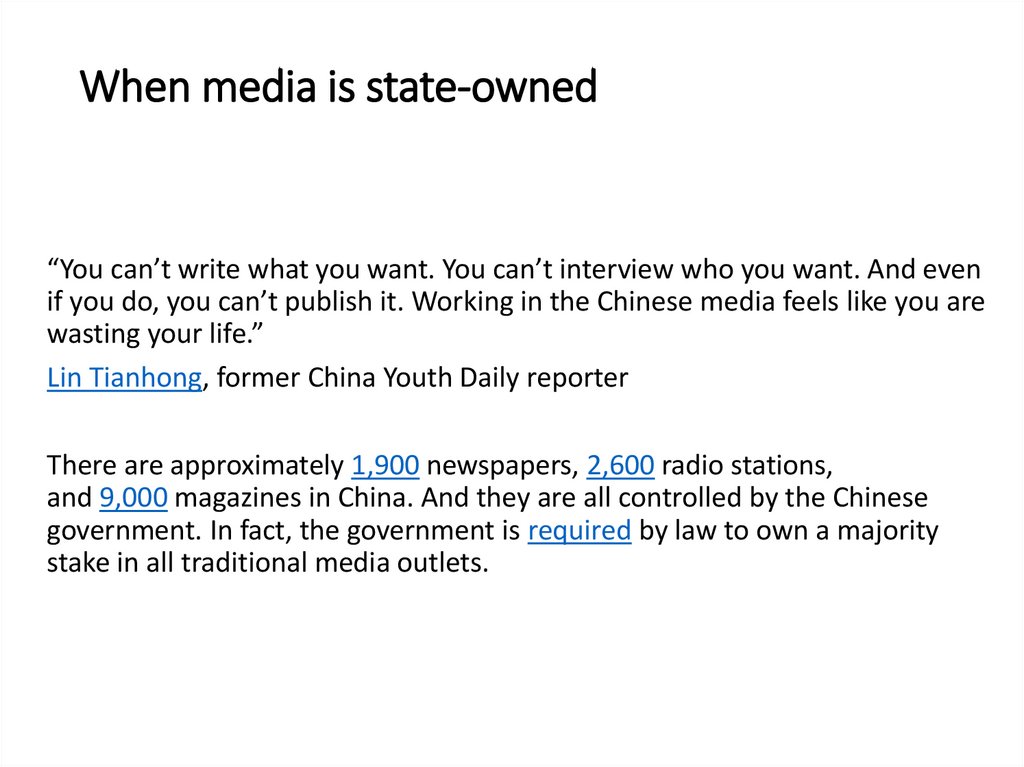

 Социология
Социология








